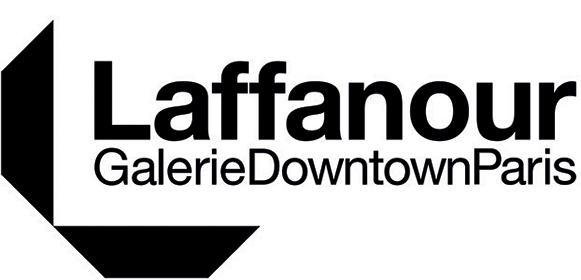
What should we think of cities today, in a world that is growing without limits, increasingly competitive and more and more unequal! The city, the cities, these mega-metropolises which sometimes develop without any specific management! So let’s think about it and discover where these cities were born, how they were built and how art has represented them!

At first, there was nothing! Well, almost nothing.

In prehistoric times, the city did not yet mean much! people lived in caves! So the urban habitat existed according to the landscape! Man settled wherever he could, he didn’t build right away…

In ancient times, the first city-states appeared. Those founded in Mesopotamia, such as Ur, developed the first concept of an organised urban fabric. Created essentially around economic exchanges and a sedentary population that stabilised, these cities soon found their limits as they were constantly at war with each other!

In David W. Griffith’s Intolerance (1916), the Babylonian city shows its development through the importance given to the different strata of society within it. These developing city-states soon give rise to conflicts between leaders, leading in the film to the fall of Babylon.

With the Roman invasion, cities like Lutetia came under complete Roman domination, while our Breton colleagues resisted! So the city has an identity!

In the Middle Ages, the city developed around trade, regions and the importance of the ruling lord: this was the time when some lords competed with the King! This rivalry allowed for the temporary expansion of certain regions, as long as the King did not have the strength to fight. The town was then surrounded by ramparts and fortifications with the church at the centre, as well as the castle which would one day become the Palace!

This expansion had its first limits in the 15th century with Louis XI, King of France, who locked up the rebellious princes and confiscated their lands until they admitted and declared themselves to be vassals of the King! The Monarchy then gave more and more importance to Paris, the city of France where the King of France had his seat!


But already at that time, against the power of the City, there is the revolt of the forest, gathering all the disinherited and poor of the Kingdom around characters like Robin Hood. This image seems to persist today, even if the forest is no longer the only refuge, as in Sean Penn’s film Into the Wild! The man fleeing the cities and looking for something else, outside the cities!

At the end of the Middle Ages and the beginning of the Renaissance, the city developed more and more as society changed. The urban fabric, which was based on the economy, the Church and power, saw the emergence of new castes that seemed to impose themselves, such as the bourgeoisie! This is a form of what would later be called the Third Estate, with brotherhoods transforming the city, segmenting the city into districts!
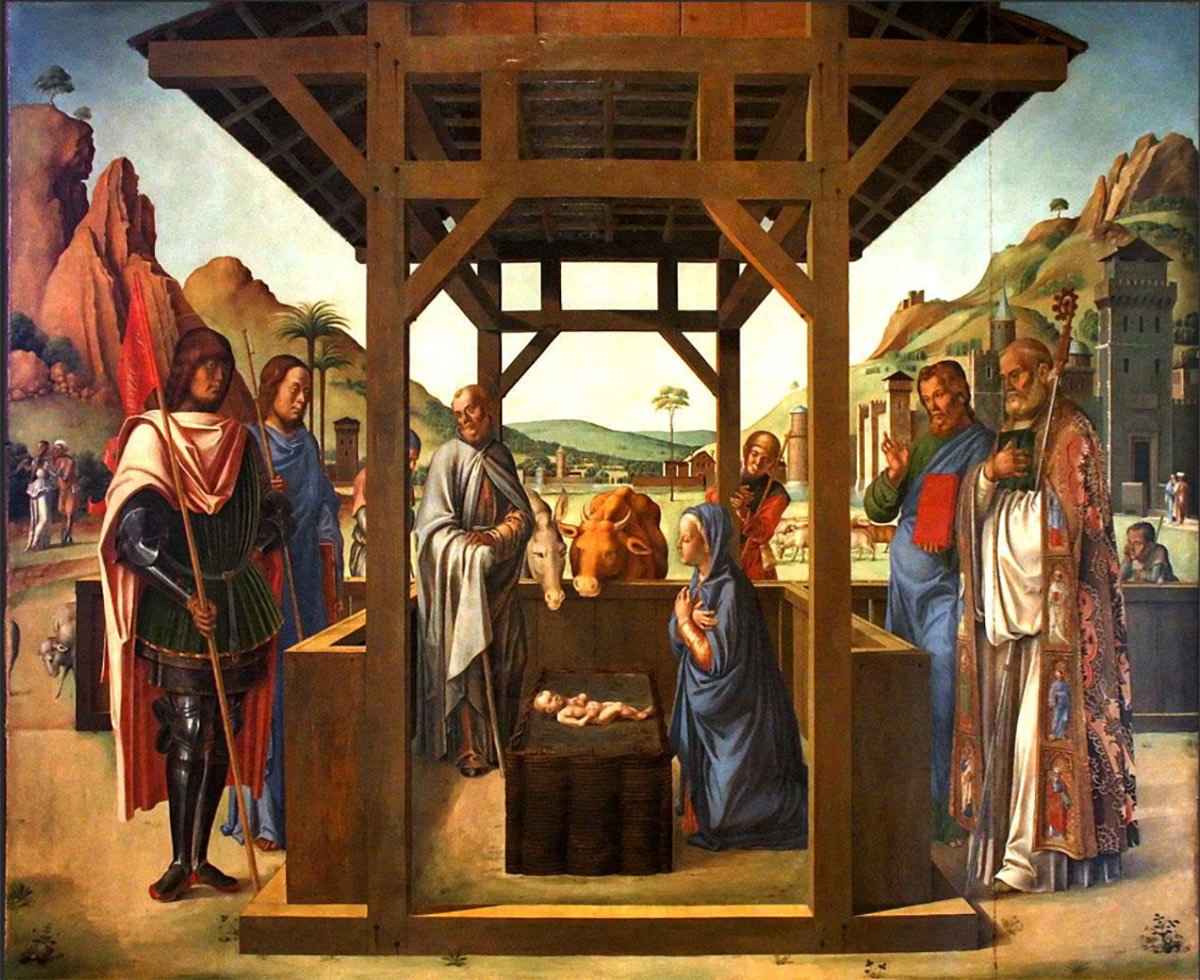
In the religious scenes of the Italian and Dutch Renaissance paintings, the city begins to appear in the background of the birth of Jesus, whereas before it took place in a cave in Bethlehem. The original cave, where the pastoral scene usually took place, has completely disappeared! The fortified buildings are a reminder of the importance of the ruling power, alongside the Church!
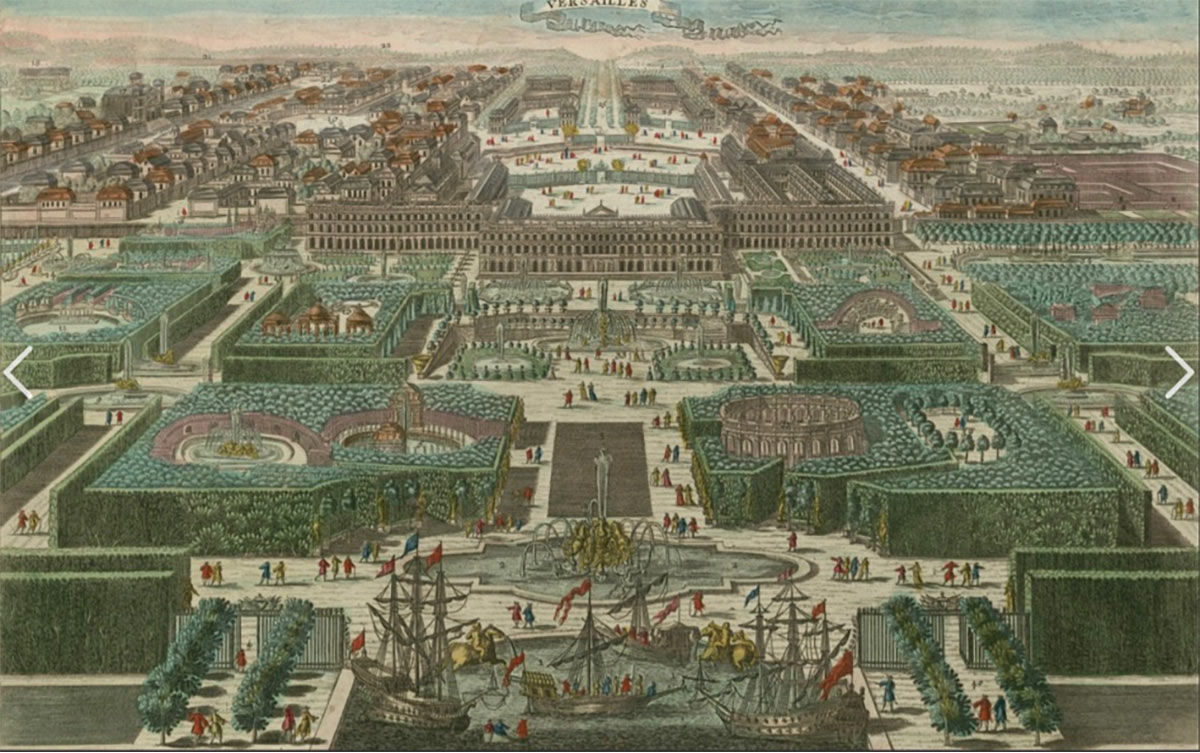
Louis XIV became King at the age of 5, in 1643! In 1661, he took full power over the Kingdom, drastically reducing the powers of the Lords who had earlier fought against his mother and Cardinal Mazarin! The King left Paris to settle in a magnificent castle that he had built in Versailles; this city would remain the heart of the Kingdom of France for 150 years! Around the Château: the city grew, the marshes disappeared to make way for sumptuous districts, the forest retreated to allow Le Nôtre to design the gardens. This is the strength of royal power!
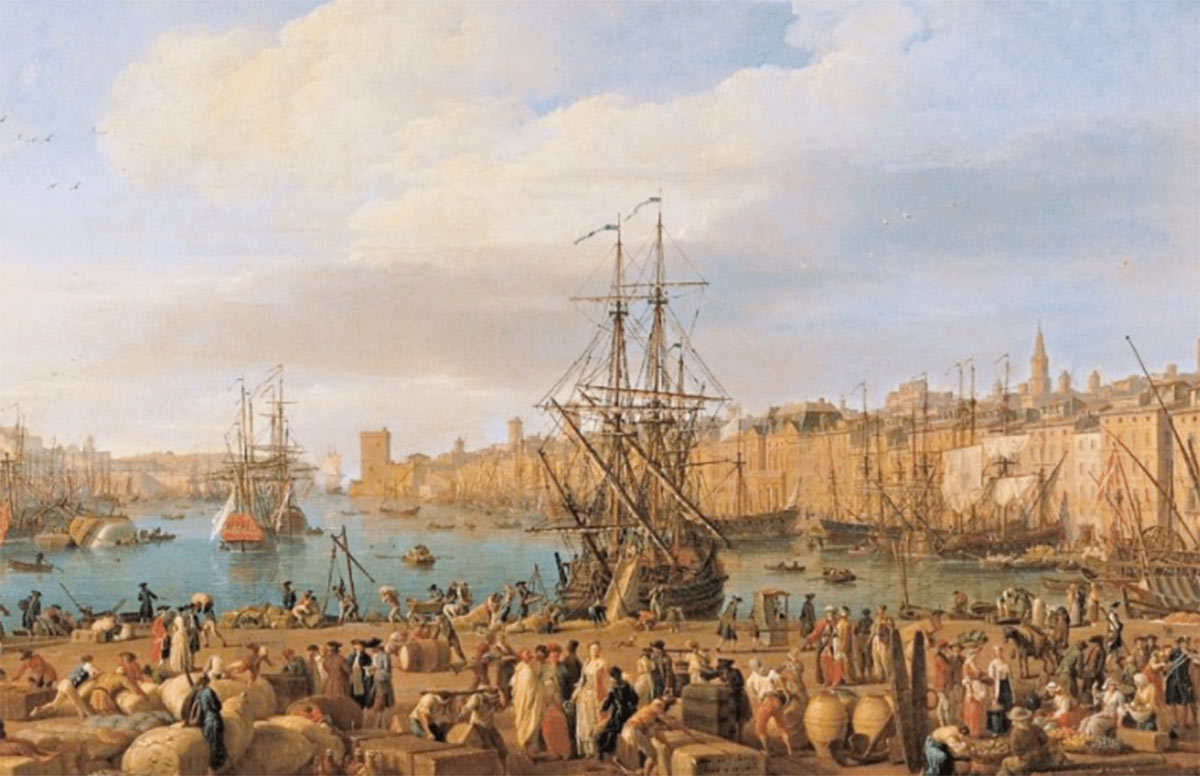
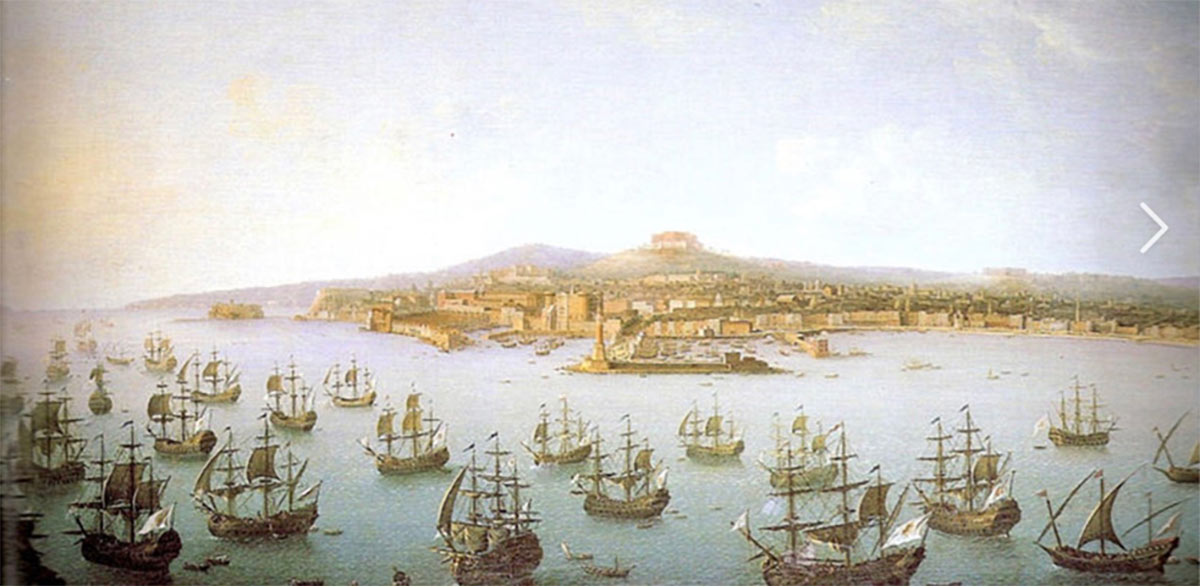
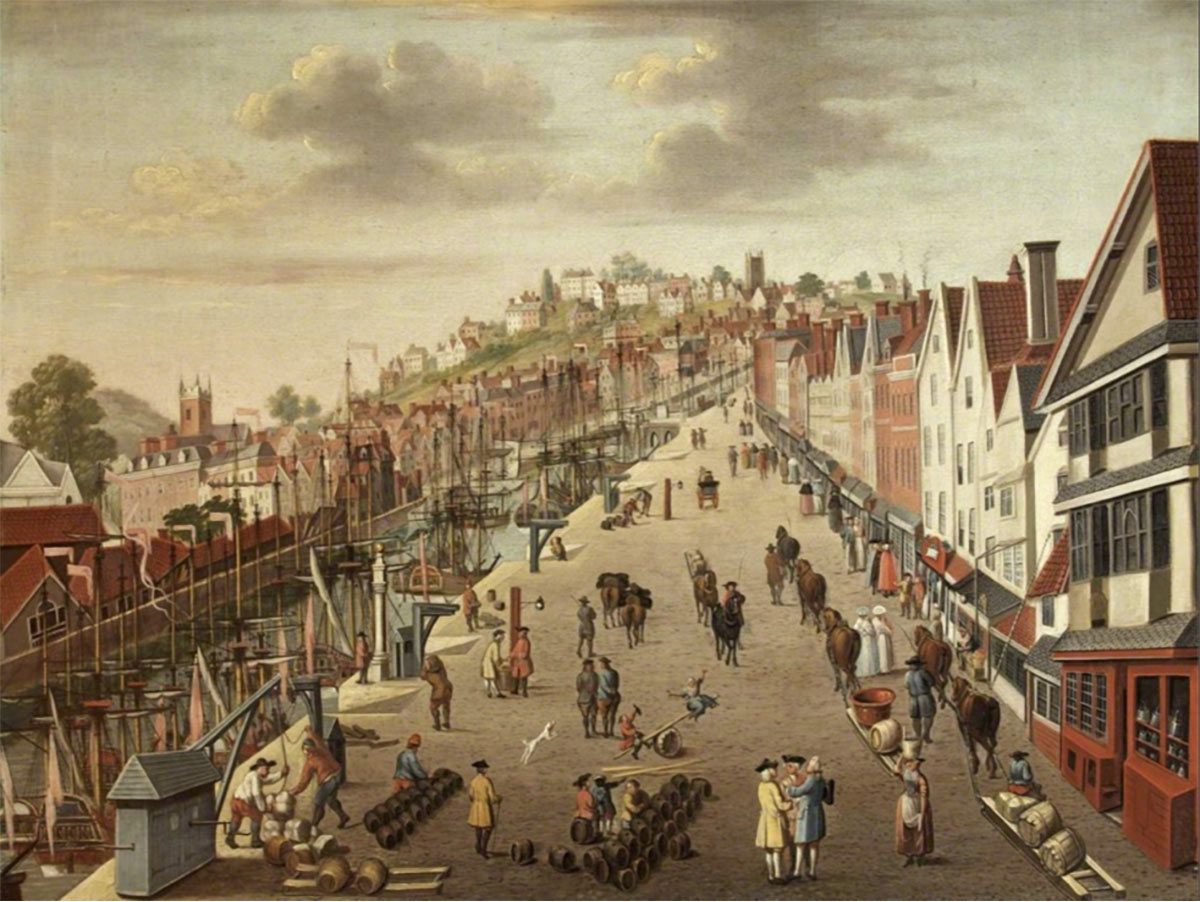
Throughout the 17th and 18th centuries, power grew in France and so did the power of Paris and Versailles! Nevertheless, secondary cities in the provinces were actively developing due to the influx of people or thanks to strong economic development! Naples, Marseilles, Lisbon, Antwerp and soon Boston became the key places for international maritime trade… It was for a long time the trade in products but very soon the slave trade would generate various revolutions, sometimes overthrowing the power but maintaining the importance of the cities!
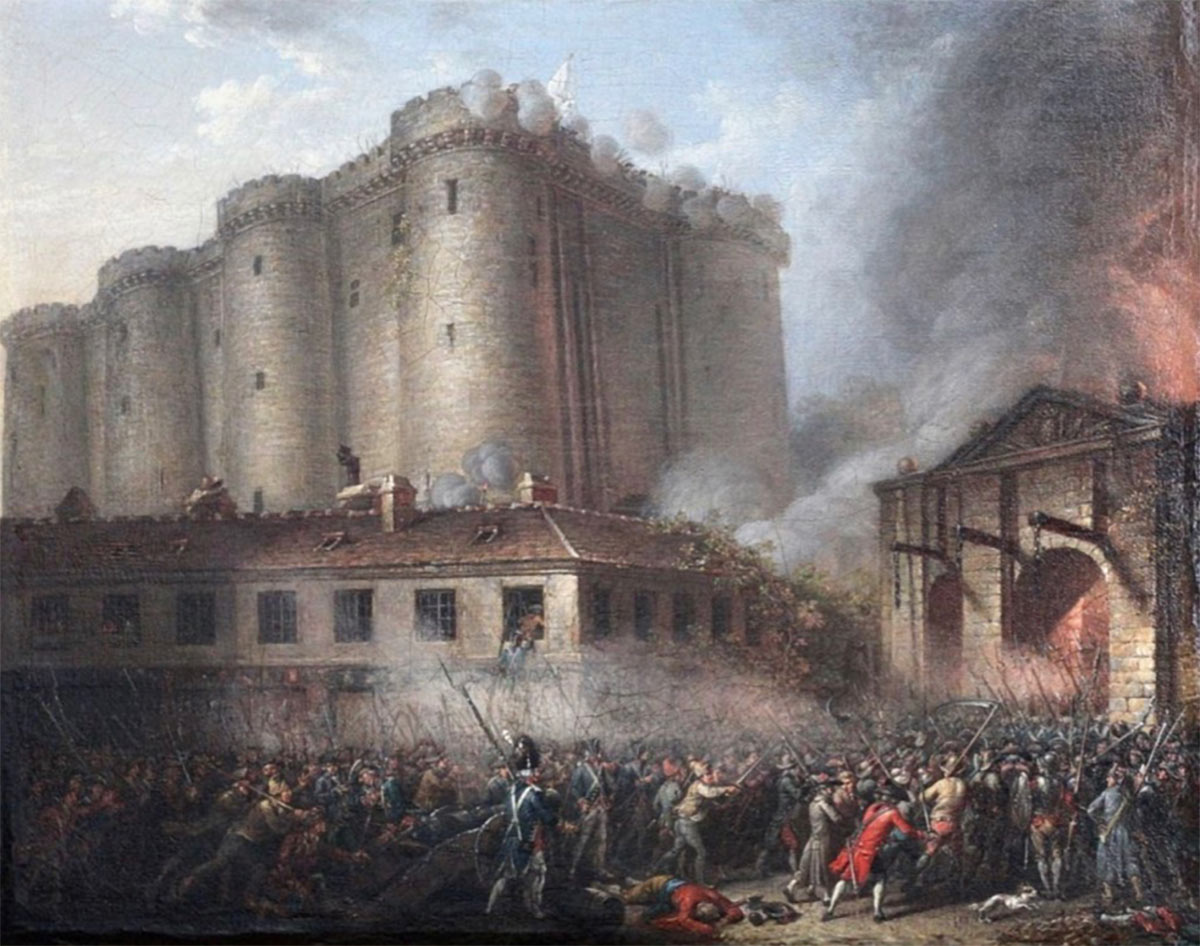
And the Revolution – or revolutions – came! The storming of the Bastille (Bastille day in USA) on July 14, 1789 marked the beginning of the end: the end of French royal power! In the centre of Paris, this impregnable fortress, in place since the 14th century, was attacked and destroyed! Now a prison, it was considered the symbol of monarchical despotism! In France – and elsewhere where revolutions are born – high places of power disappear in cities.
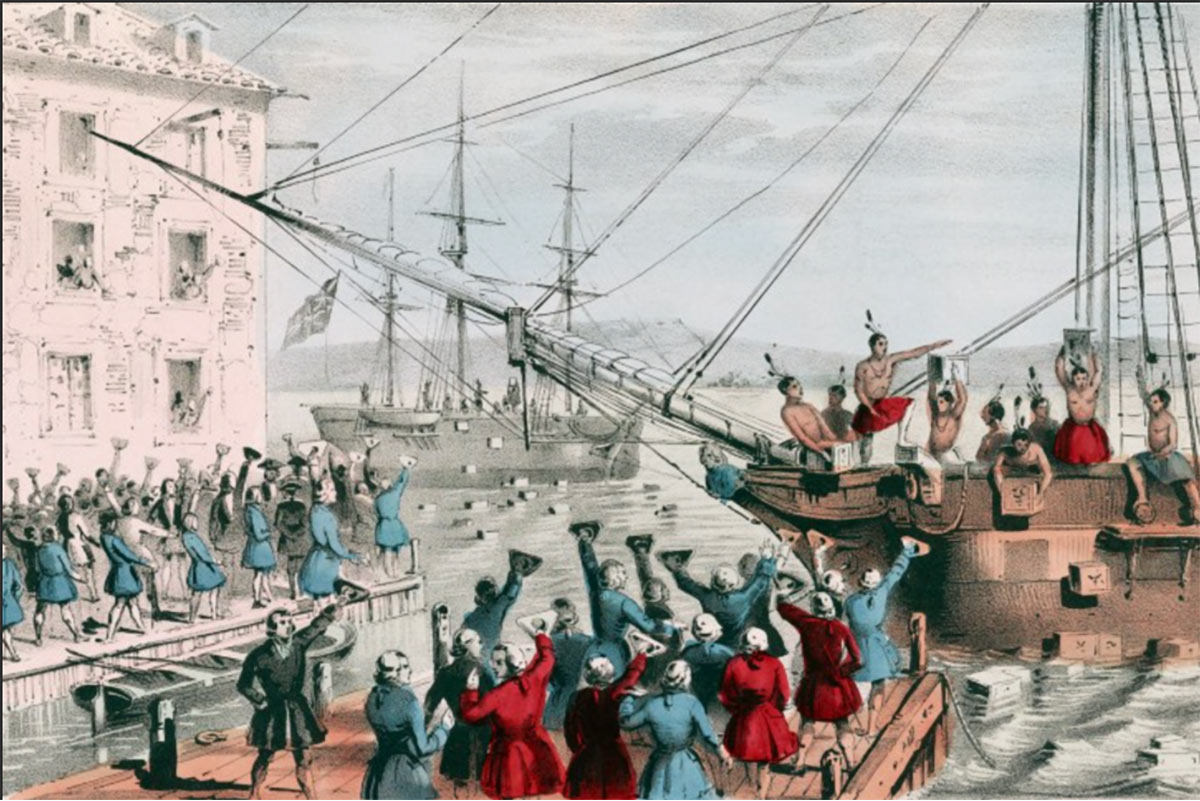
This is also the case of the Boston Tea Party where, in December 1773, an American resistance group made the colonial power capitulate.
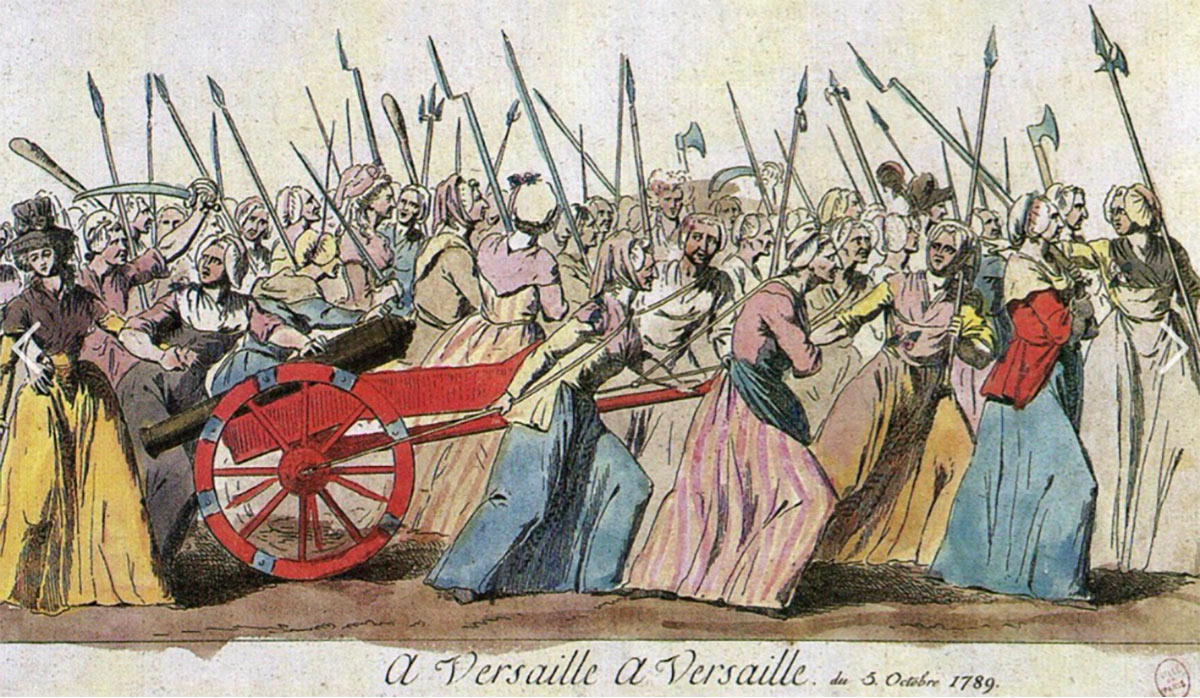
The “little people” work hard and earn little in town! So they rose up against the powers that be in the castle. Most revolutions were born in the cities, which also led to their transformation throughout the following centuries!
… And modern air arrived with the 19th century!
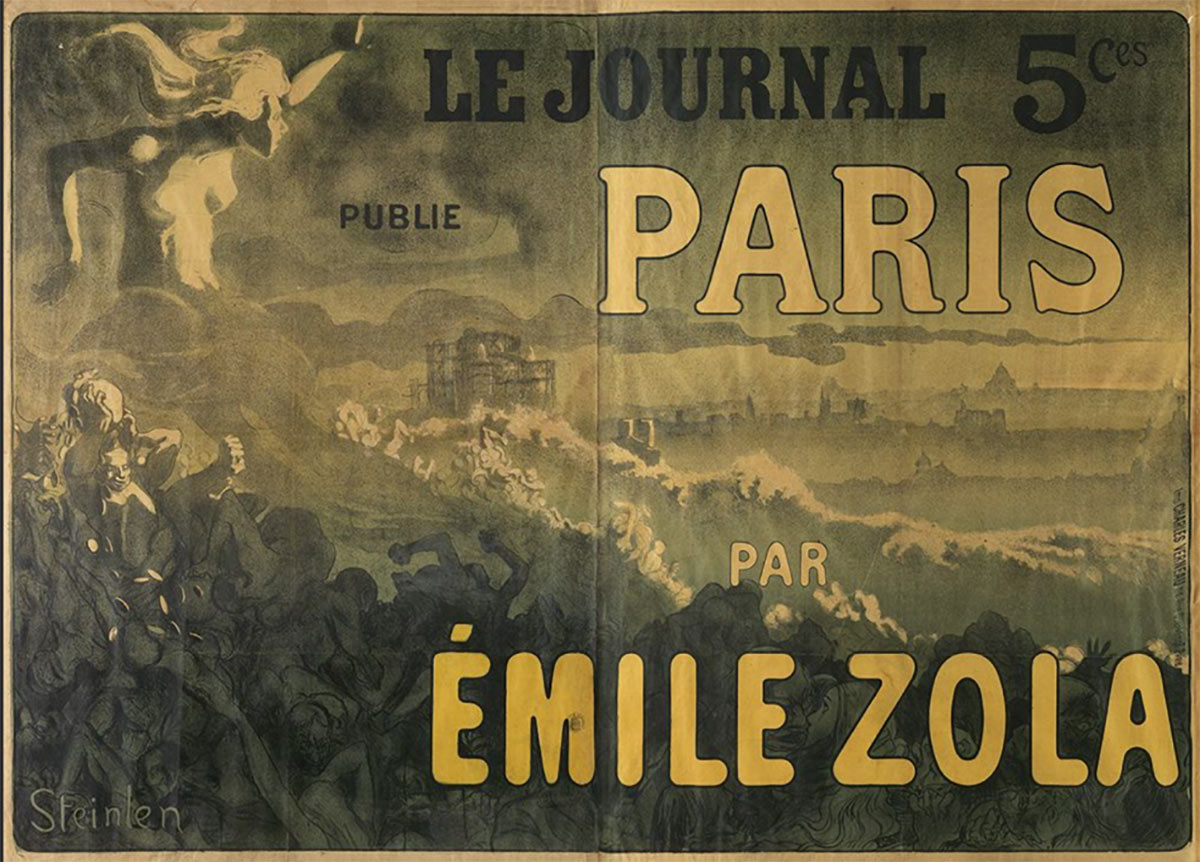
The city of the 19th century is in full expansion! But it was also undergoing an industrial, social, artistic and architectural revolution. The authors and painters of the 19th century are the best placed to paint and depict this social fabric in full transformation! At the end of the 19th century, the capital cities became real international metropolises and the secondary towns in the provinces or the main towns in the cantons also became very important, functioning at least until 1914!
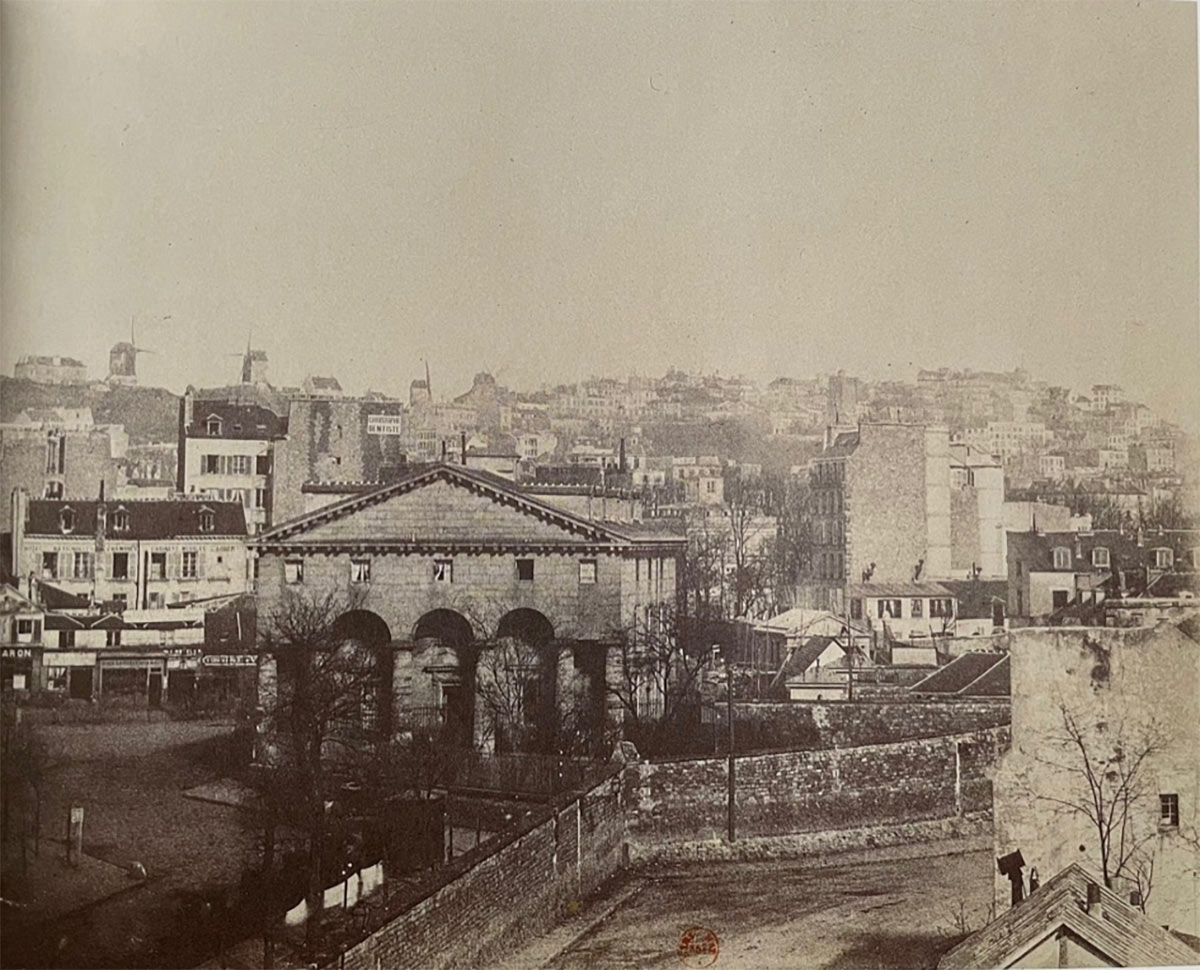
At the beginning of the 19th century, the city expanded and with this new economic era, the city caught up with the suburbs, preserving as old traces of the past, of the Ancien Régime, certain buildings, such as these Barrières de l’octroi Claude-Nicolas Ledoux, at the gates of Paris. The buildings are sometimes a little lost in this new urbanisation!
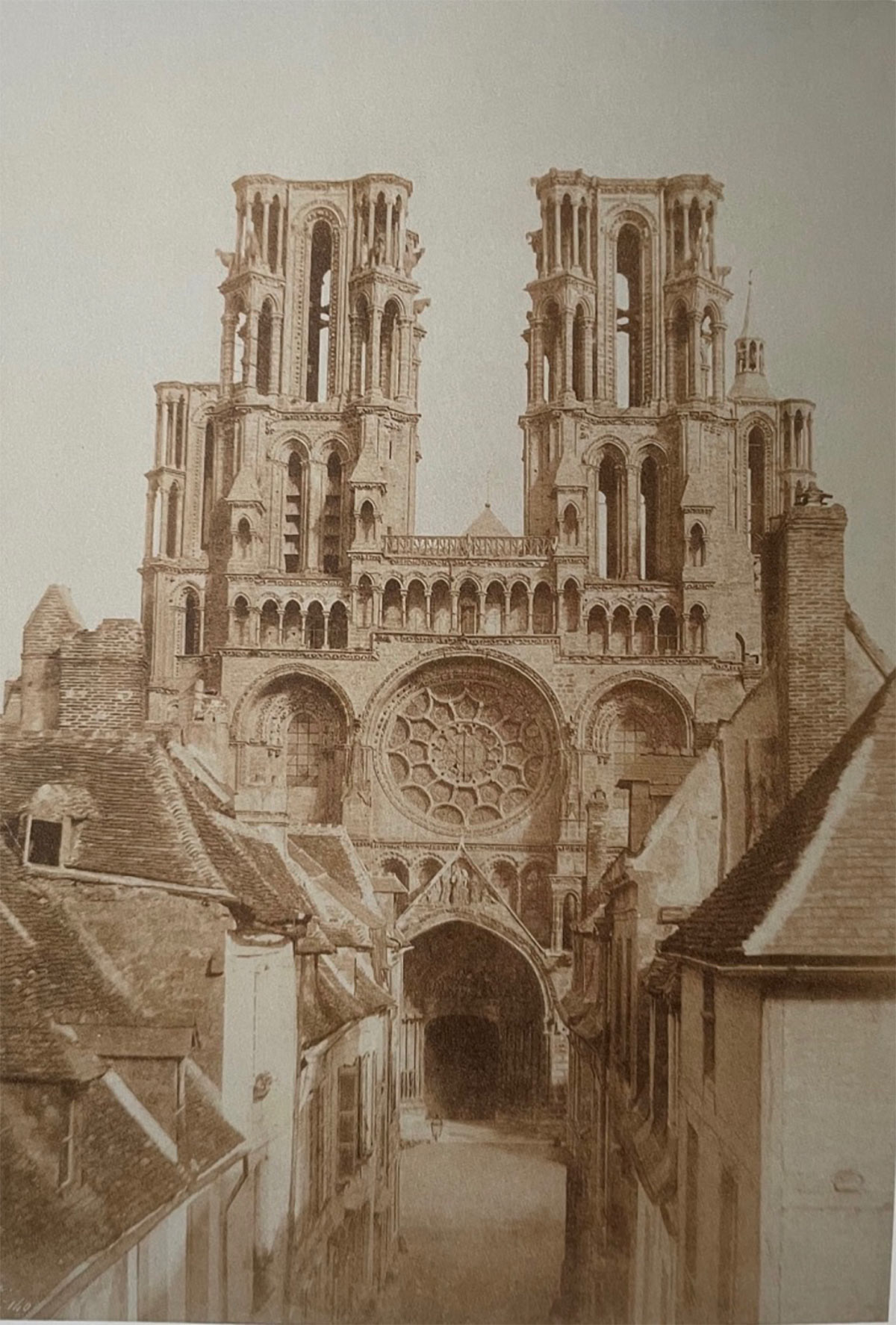
At the same time, there was the question of the Historic Monuments which were sometimes neglected in the centre of the cities. The first person to raise the issue was Prosper Mérimée who, as Inspector General of Historic Monuments, was responsible for setting up the Mission Héliographique. Five photographers of the time, Henri Le Secq, Eugène Baldus, Hyppolite Bayard, Auguste Mestral, and Gustave Le Gray, were asked to cross France and to photograph the historic monuments still standing and in need of restoration! The city also has an architectural past that should not be overlooked!
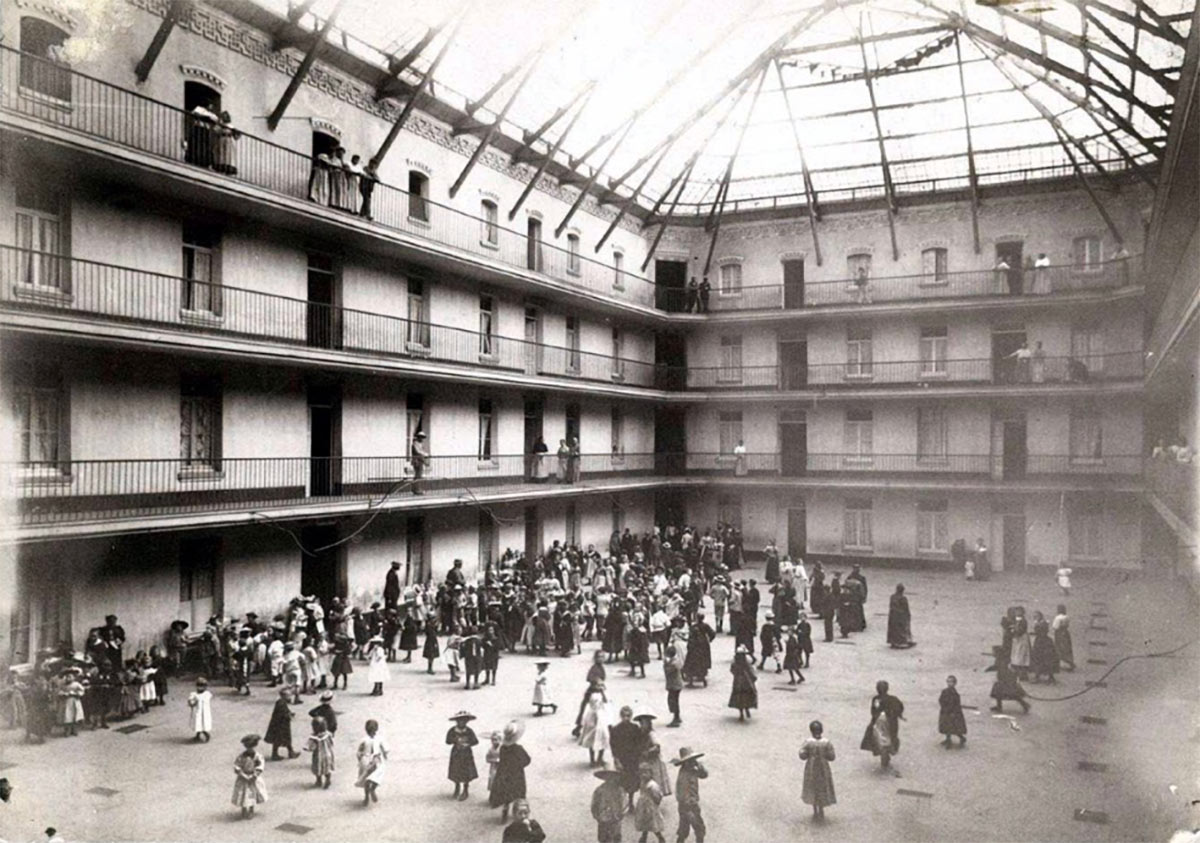
On the outskirts of the cities, there are often large companies, local industries, which develop in the 19th century: the phalansteries! This system of grouping together harmonious and economic elements is reflected above all through a social and working class space that obtains, in certain cases, better living conditions! In France, cities such as the Cité ouvrière Godin, built between 1859 and 1879, were developed. This continued into the 20th century with the garden cities after the First World War and then the development of large housing estates in the suburbs in the 1950s.
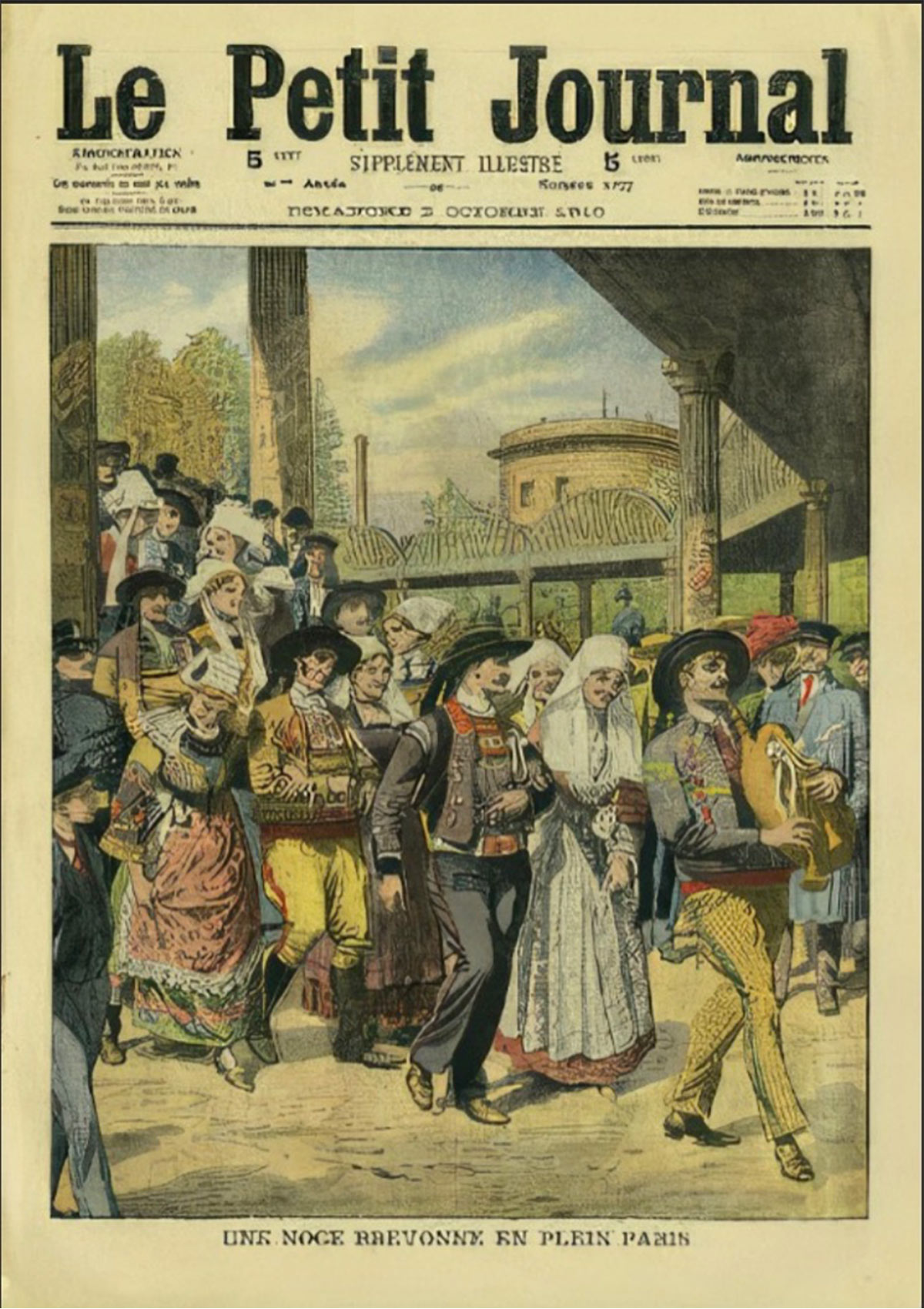
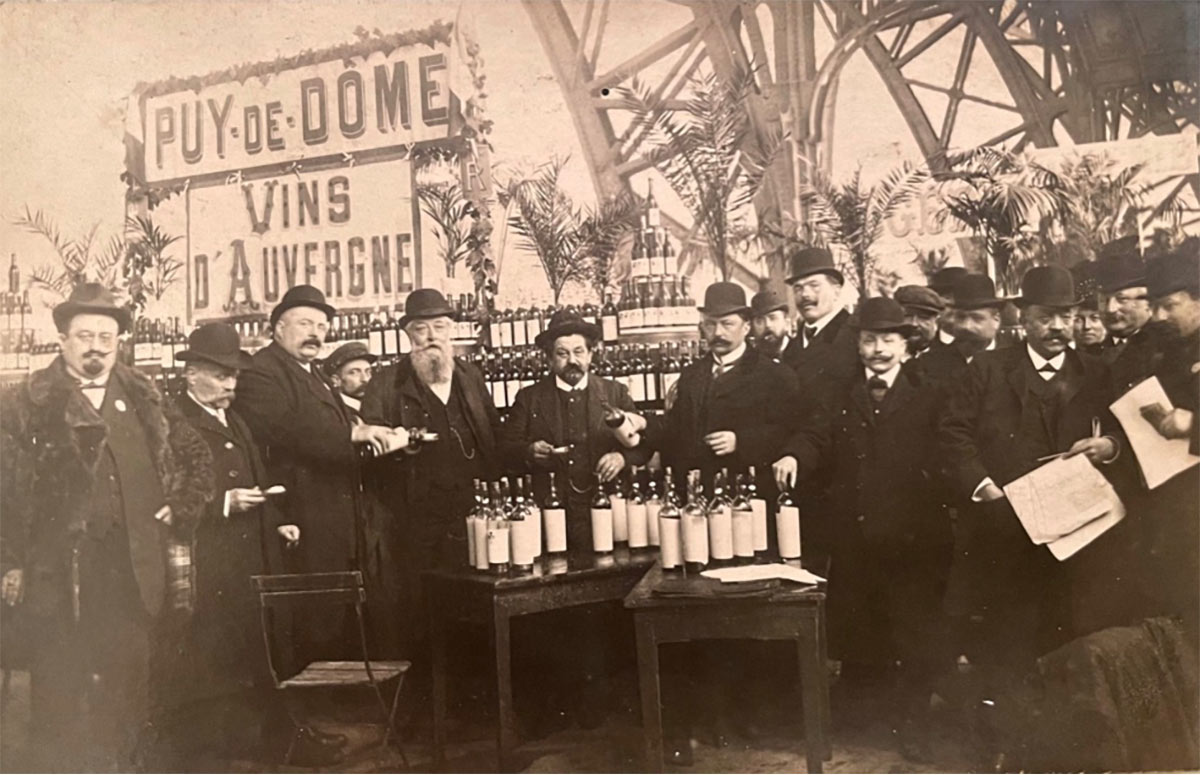
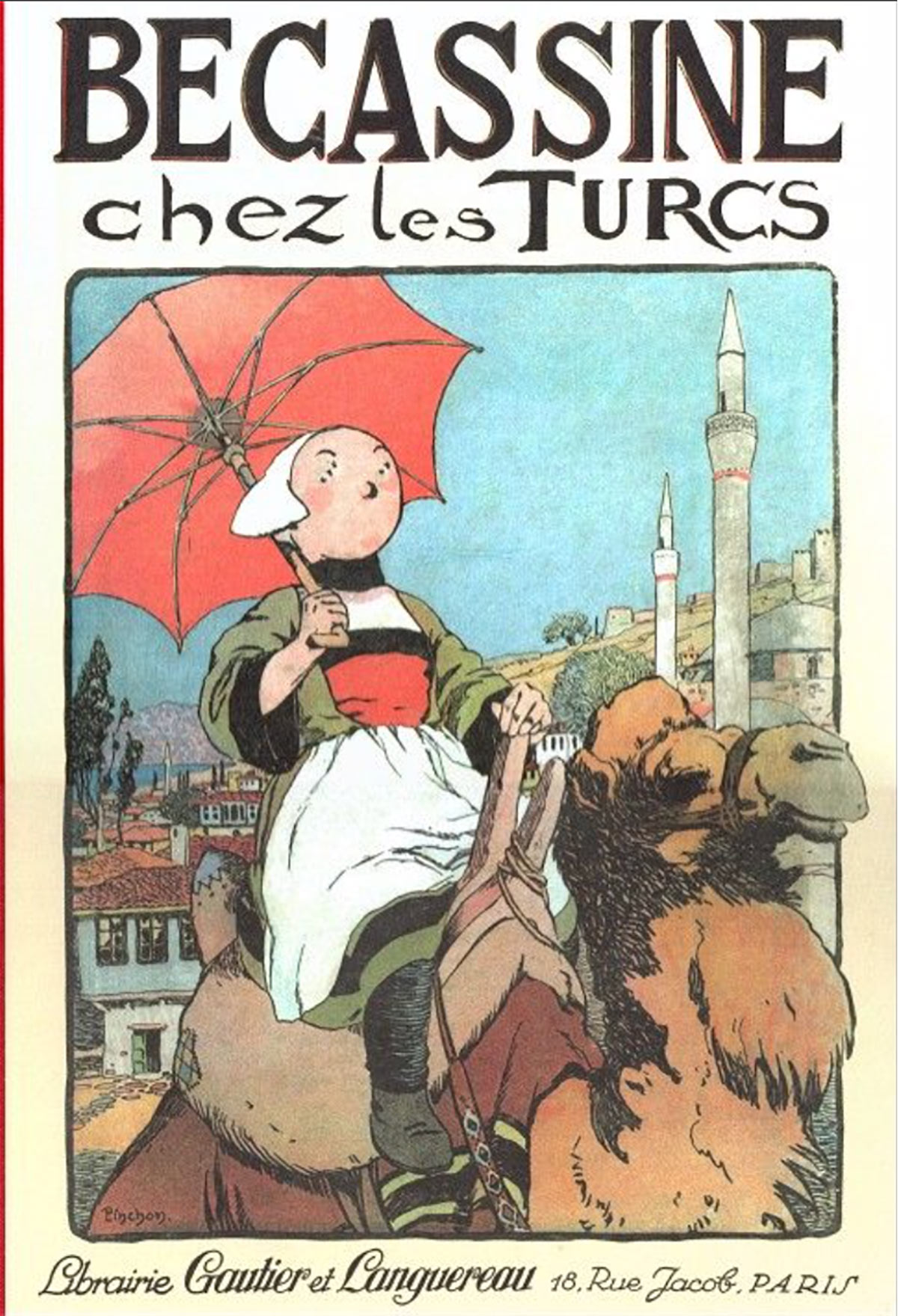
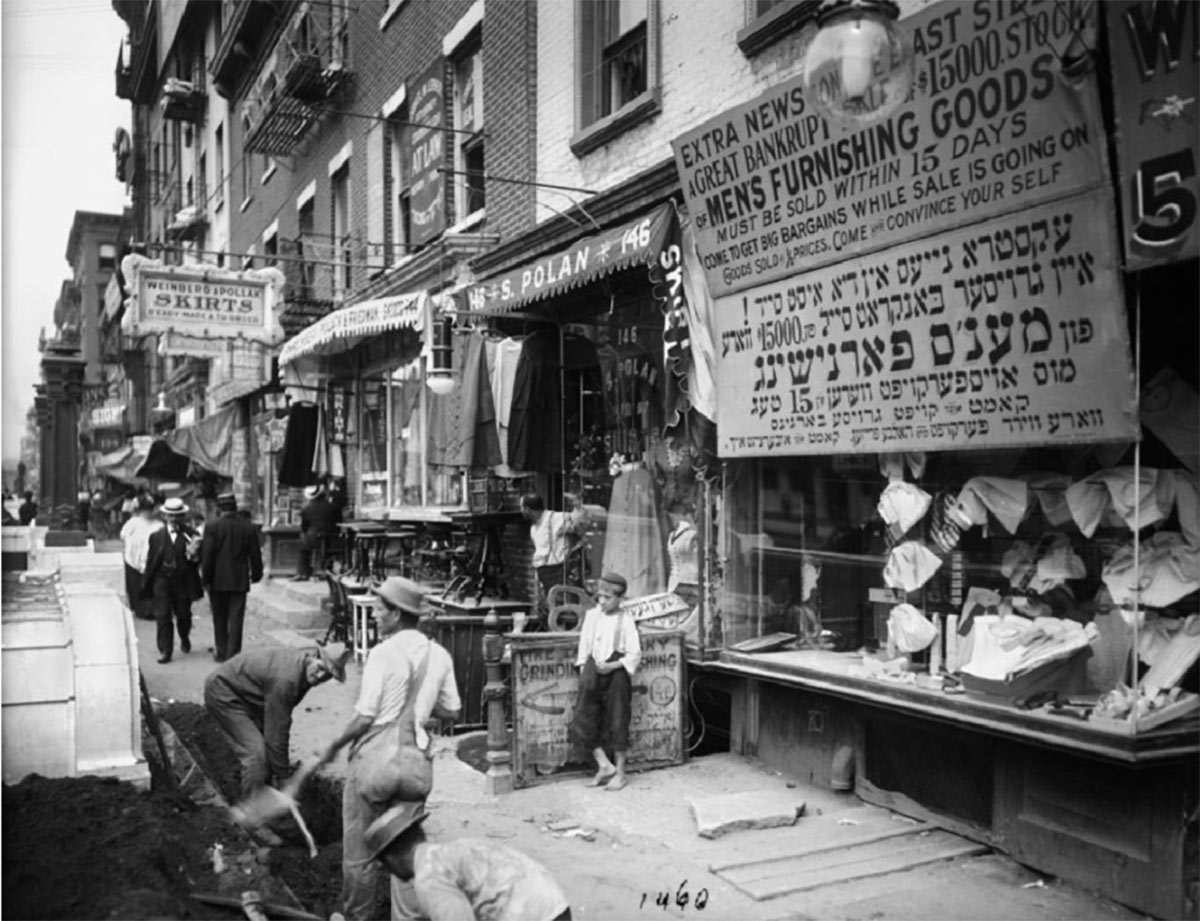
With the development of the cities, better living conditions than in the countryside, where life was sometimes harsh and difficult, soon appeared! A rural exodus to the city began in the 1840s and 1850s. Communities of Bretons and Auvergnats from Paris, Savoyards and Alsatians, who emigrated in particular with the annexation of Alsace-Lorraine in 1870, were created! Meanwhile, in New York, ghettos were created that brought together strong communities, such as the Russian Jews who emigrated around 1903 to avoid the pogroms in Russia… The city then diversified; it became multi-cultural.
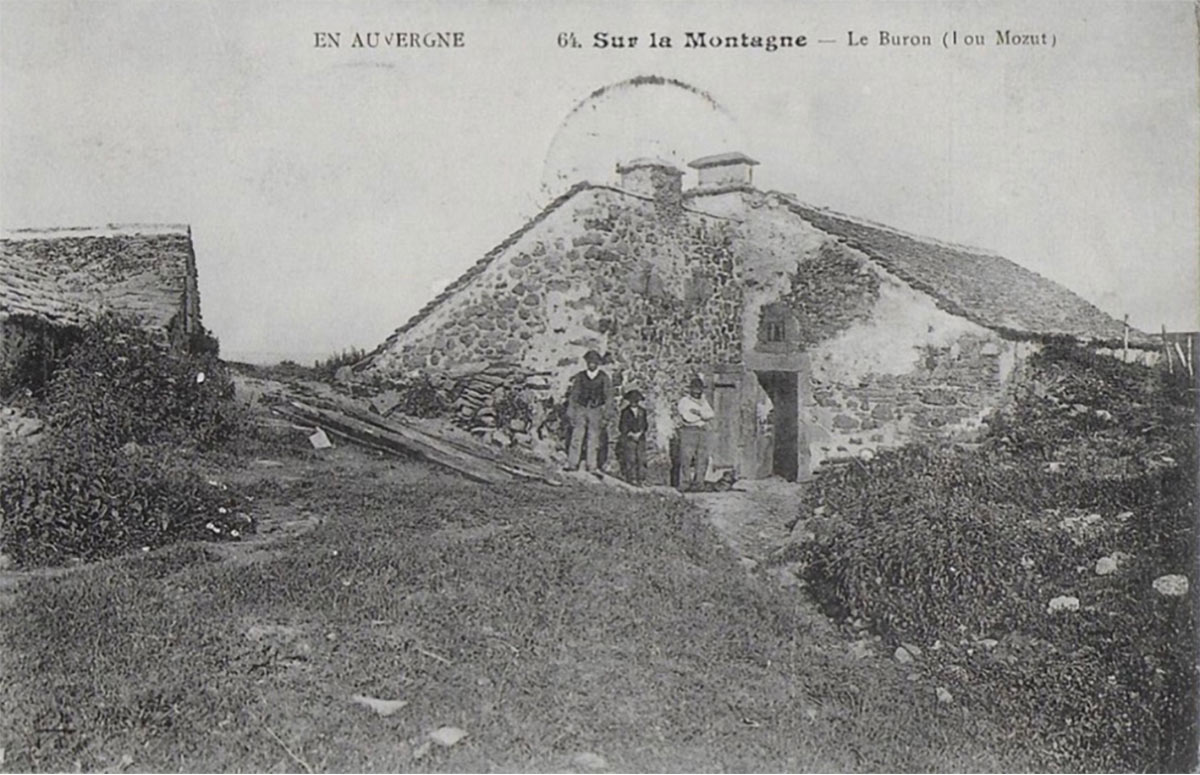
But throughout the 19th century, the countryside did not change much…
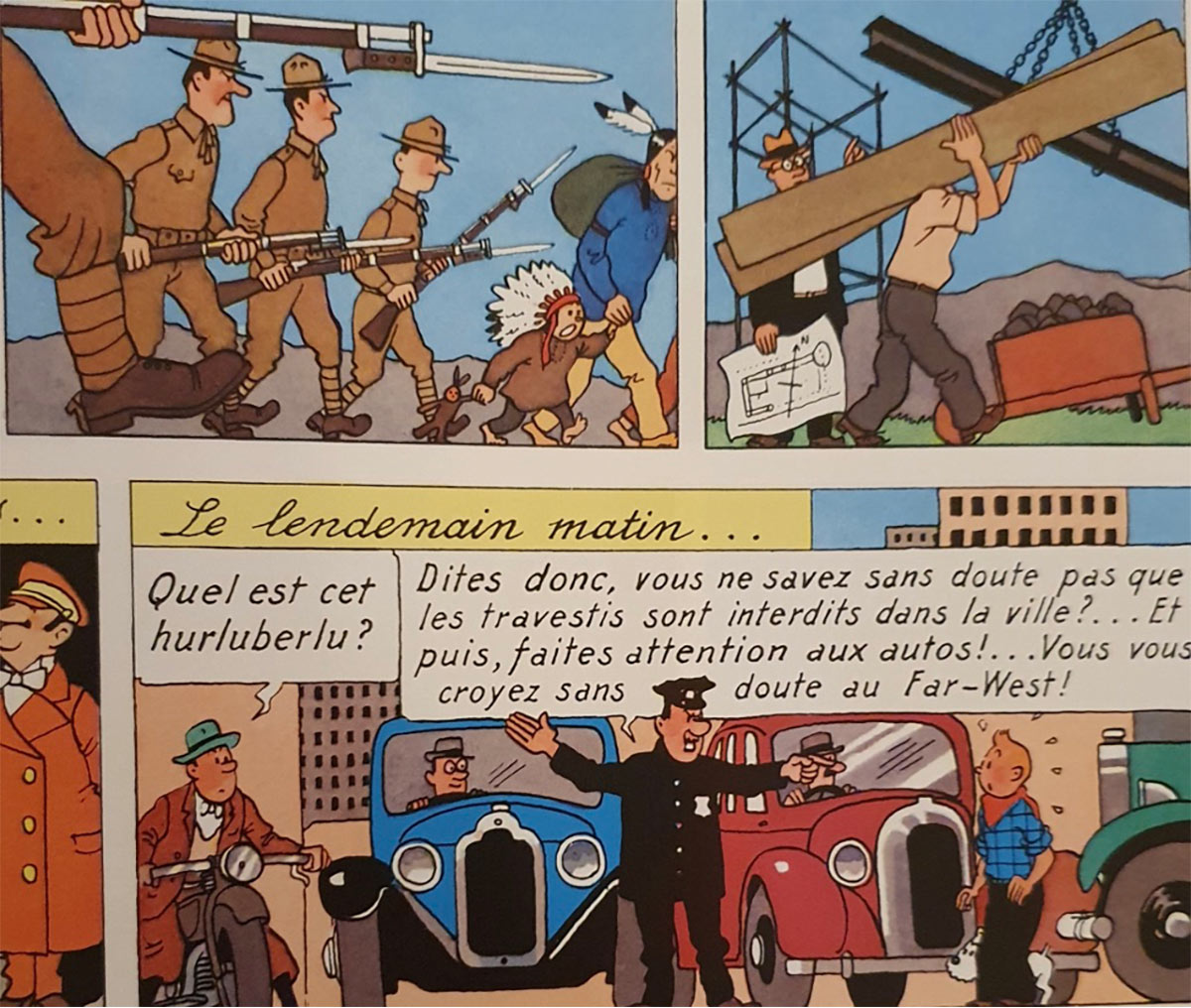
… While the cities will be transformed!
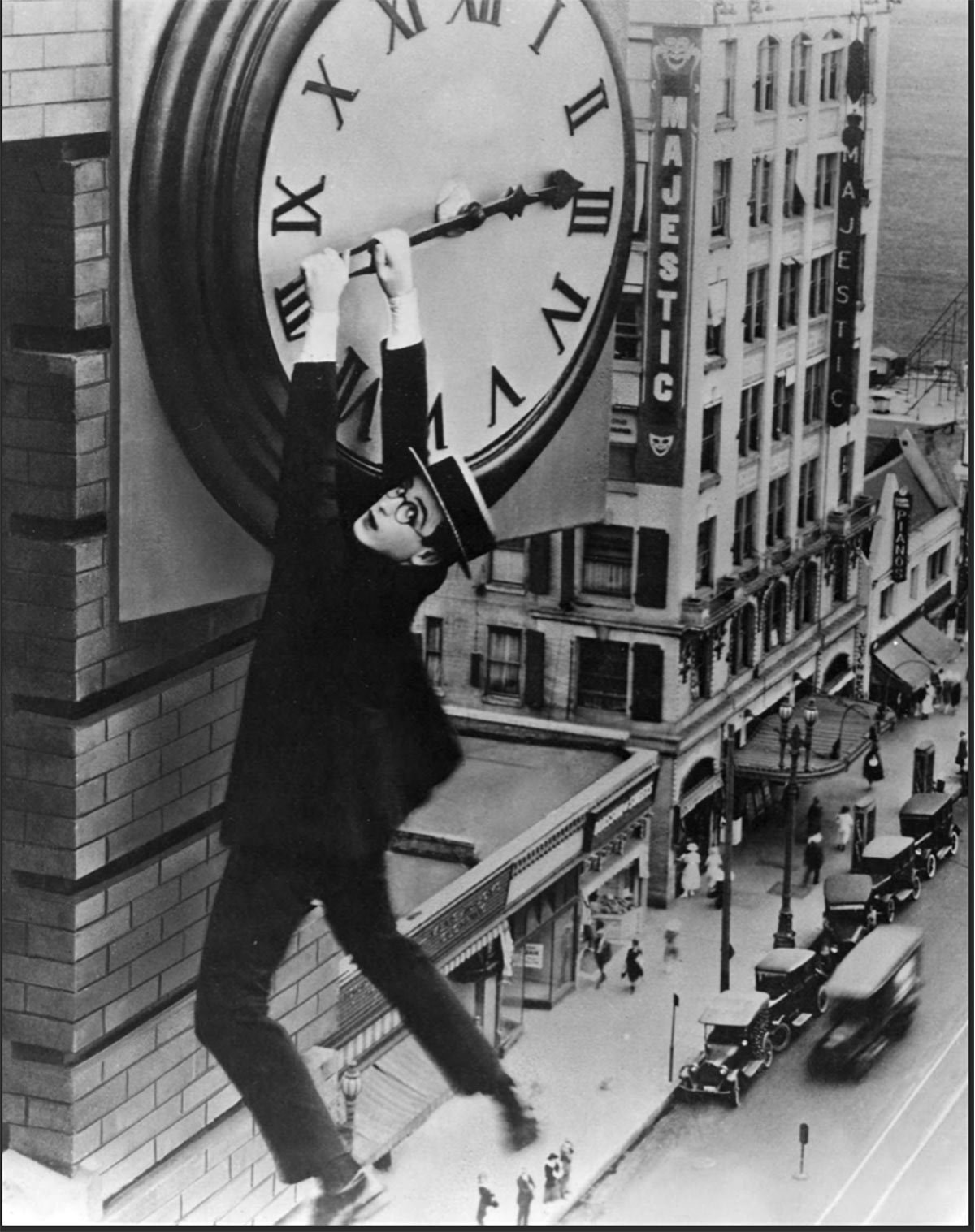
Cities sometimes expand too quickly! And the cinema, in its early days, will show this struggle, followed by the artistic avant-gardes!
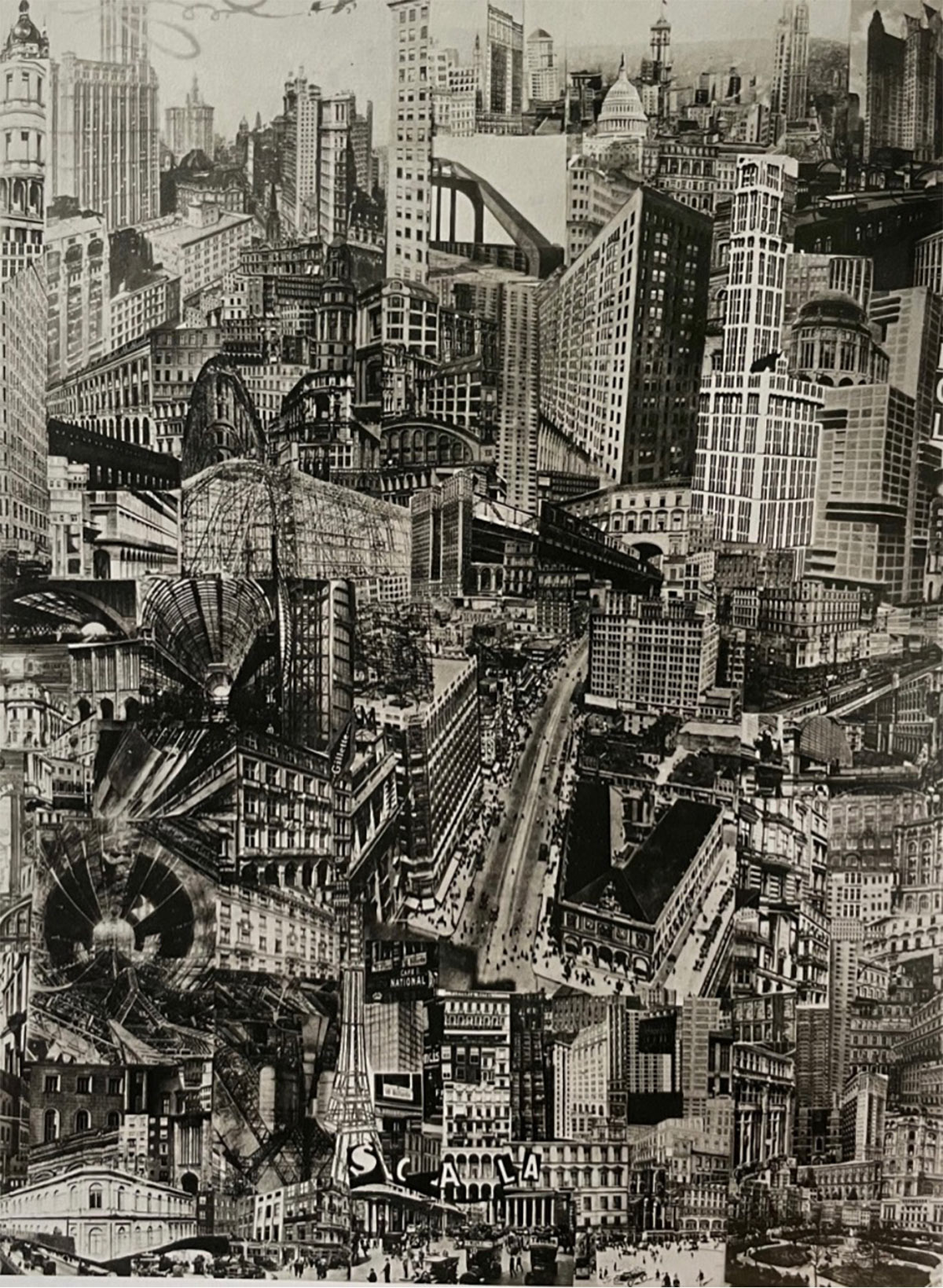
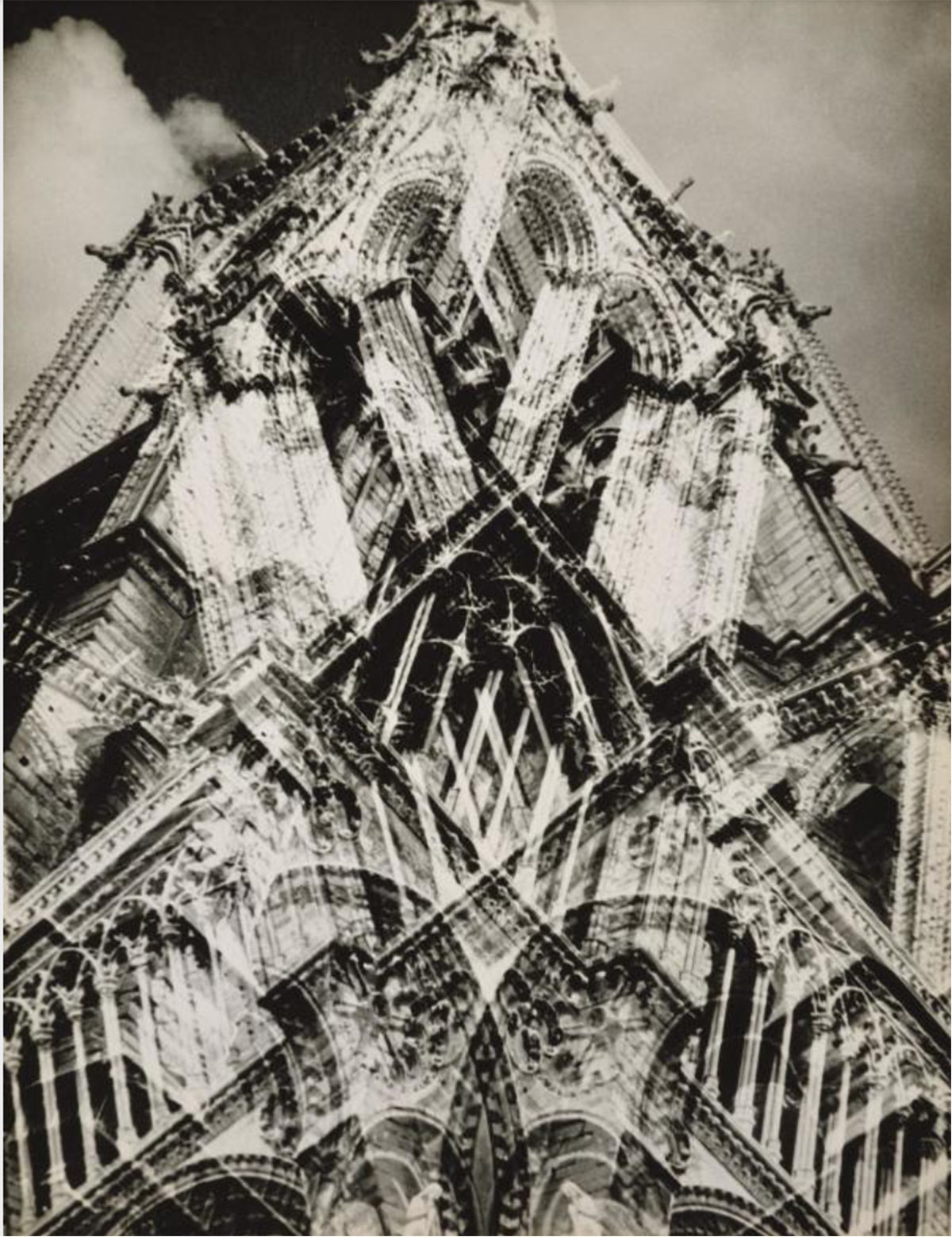
After Émile Zola in the 19th century, the 1920s and 1930s represent another era, one that is highly critical of the uncontrolled development of cities, intensive urbanisation and hidden living conditions. The term “metropolis” appeared for the first time in the vocabulary. It was confirmed through the montages of the German photographer Paul Citroën, as well as Fritz Lang’s film Metropolis in 1927.
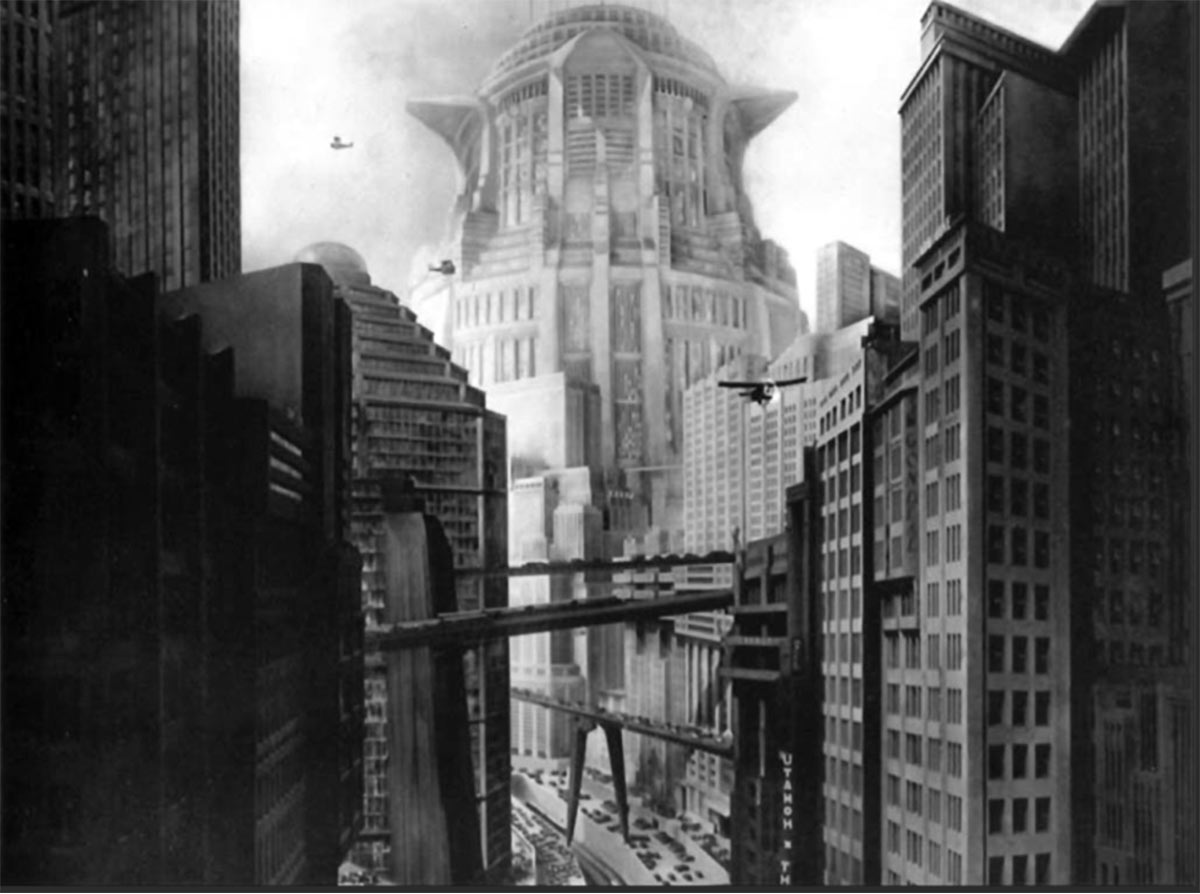
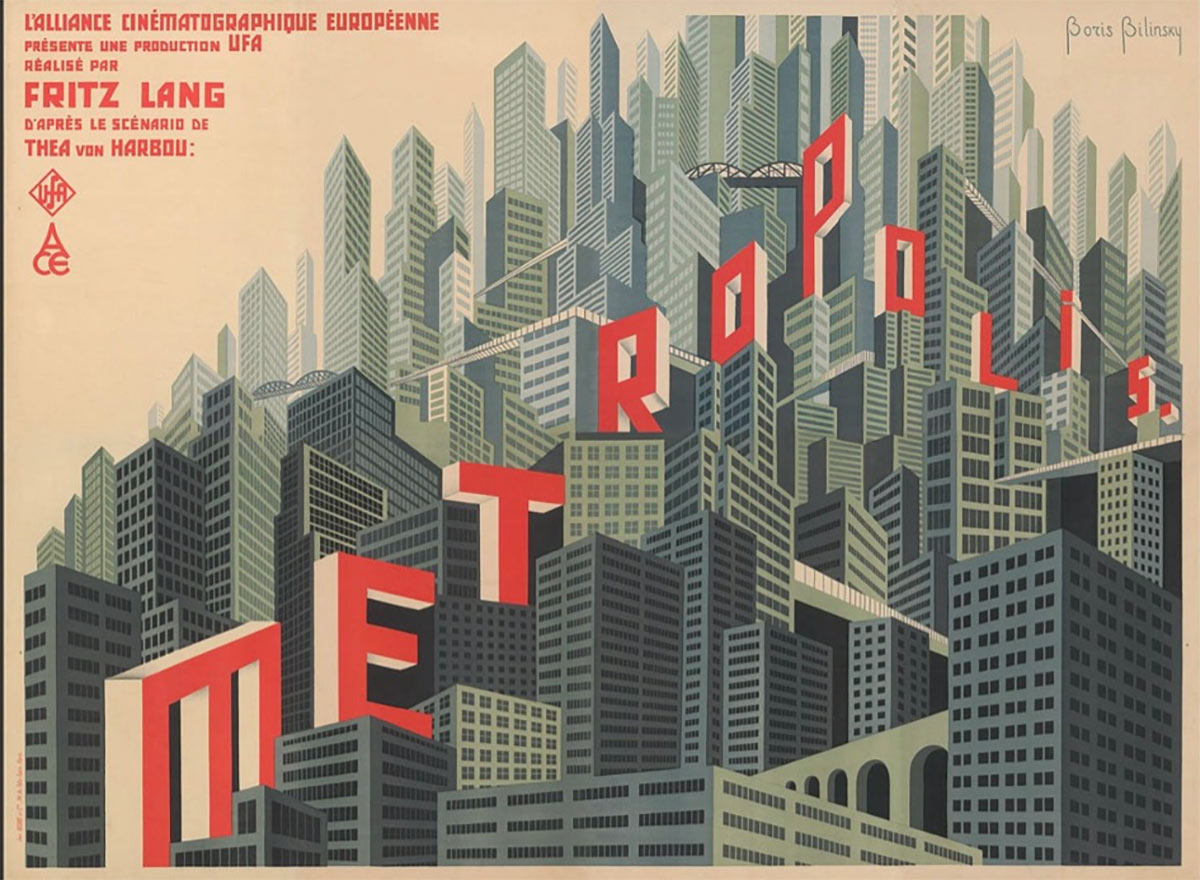
Metropolis was filmed in 1927 by Fritz Lang, the great German avant-garde filmmaker! It shows the social inequalities of the time between the wealthy ruling class and the dependent working class! In the midst of this, the imaginary city develops creating more and more distance between the social classes… The film, made 10 years after the Russian Revolution, shows the progress of revolutionary ideas in a Europe in full reconstruction!
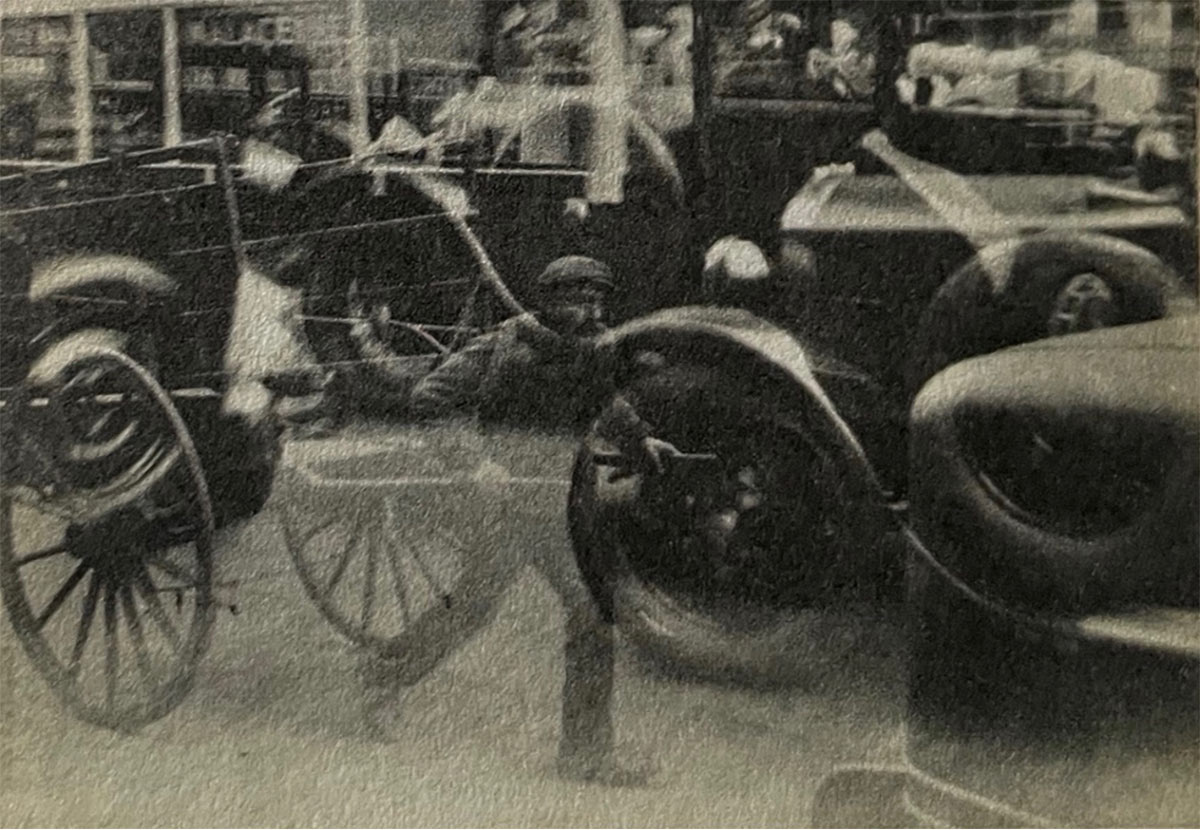
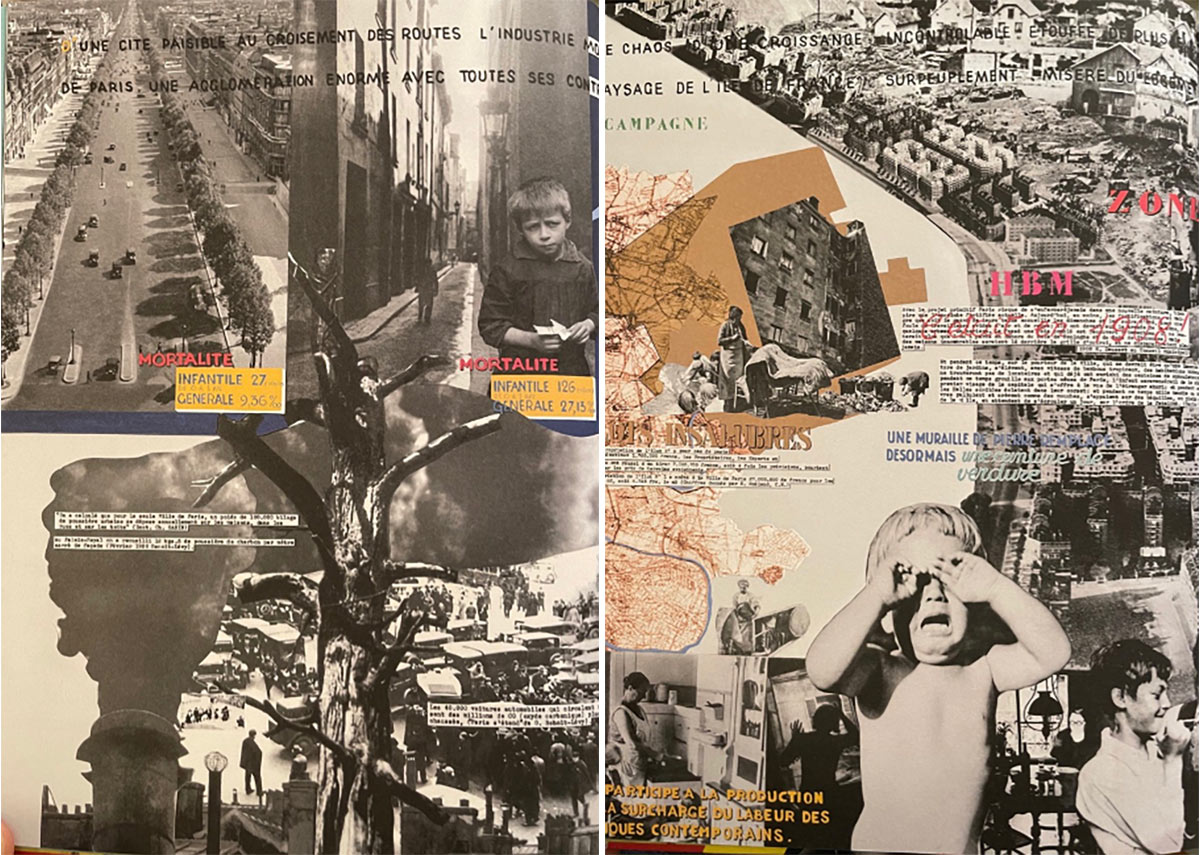
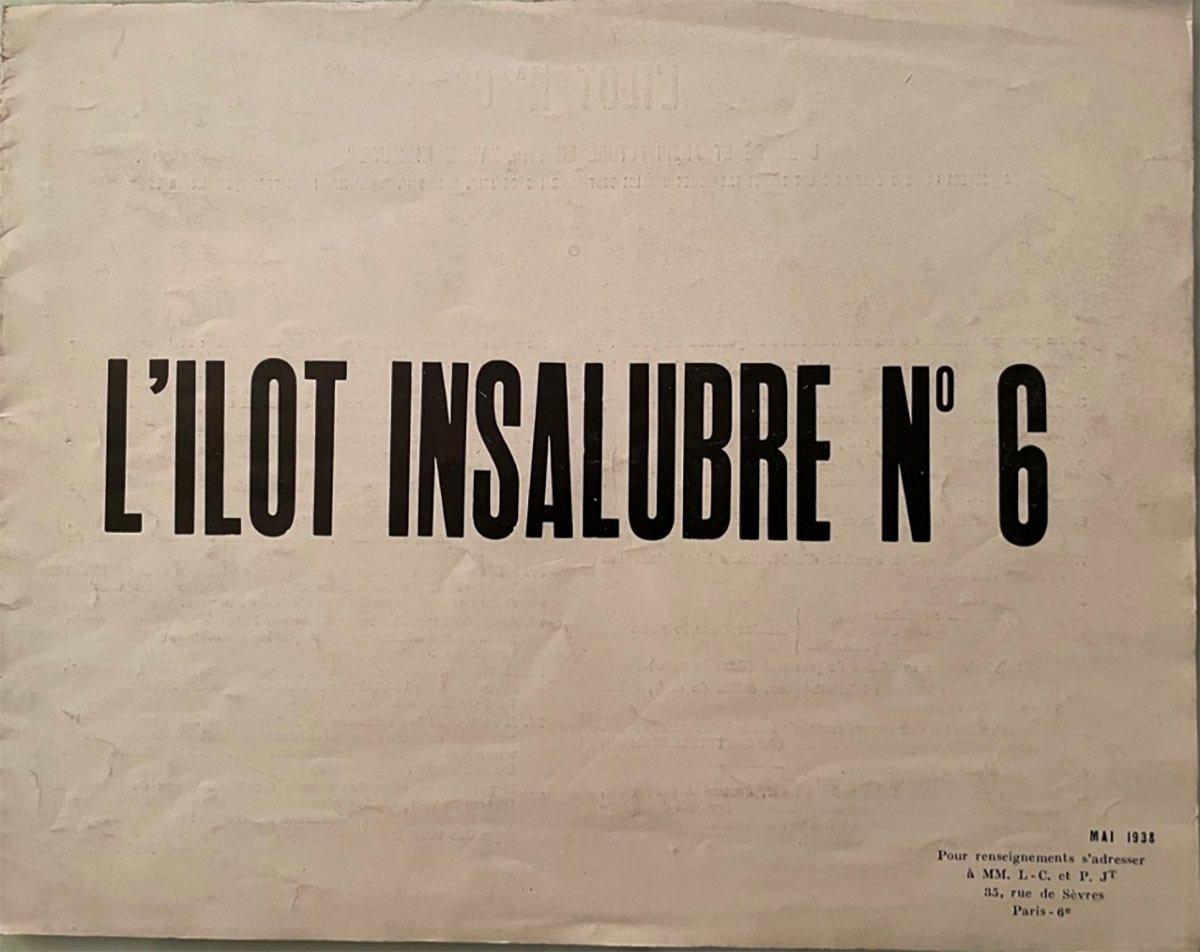
Social inequalities developed throughout the 1920s and 1930s in the heart of cities and were denounced by artists through images and collages, another mode of expression and denunciation. Photographers such as Moï Ver and architects such as Le Corbusier very quickly turned their attention to this social and therefore urban question. The cities no longer brought the prosperity that was so much heralded and described!
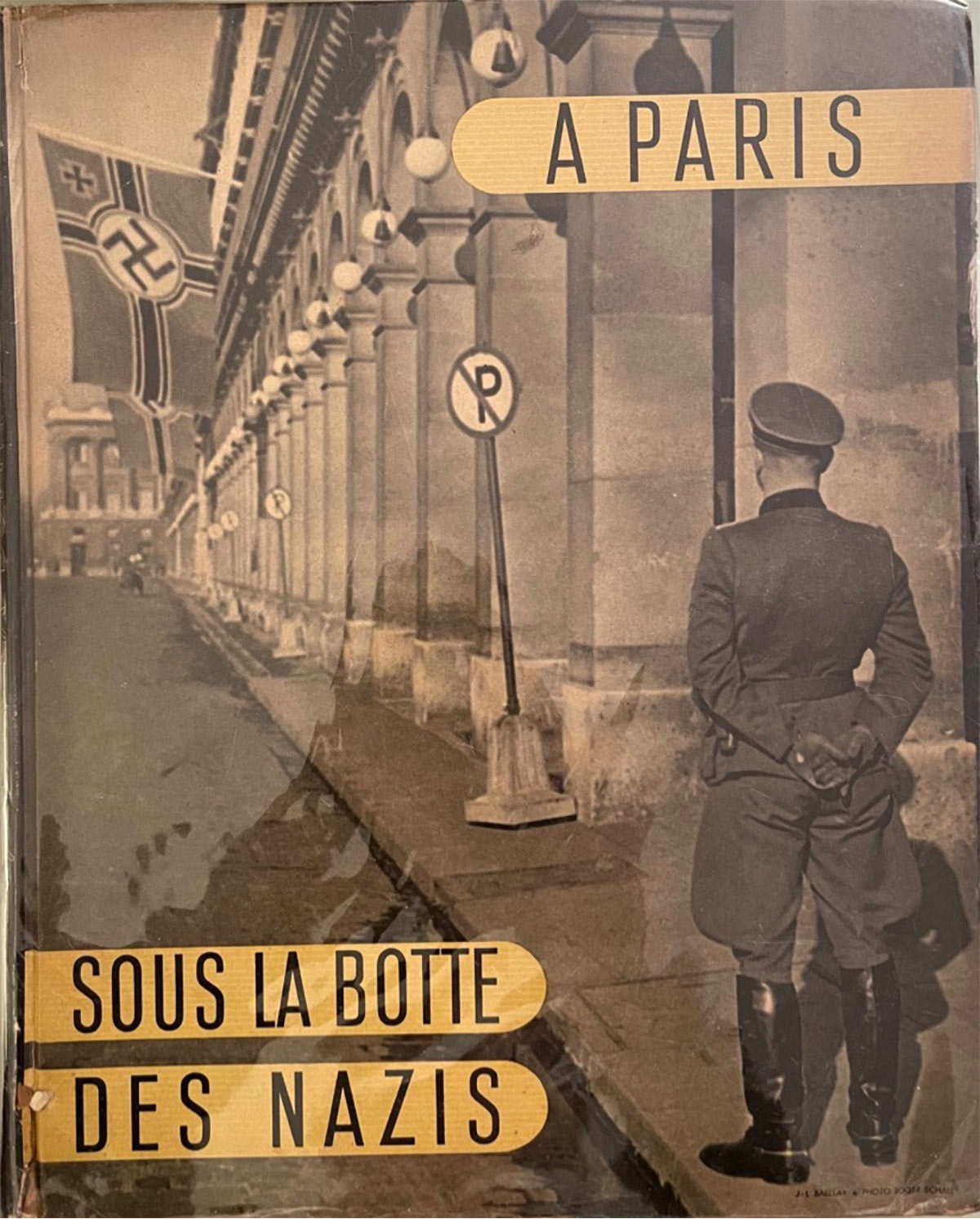
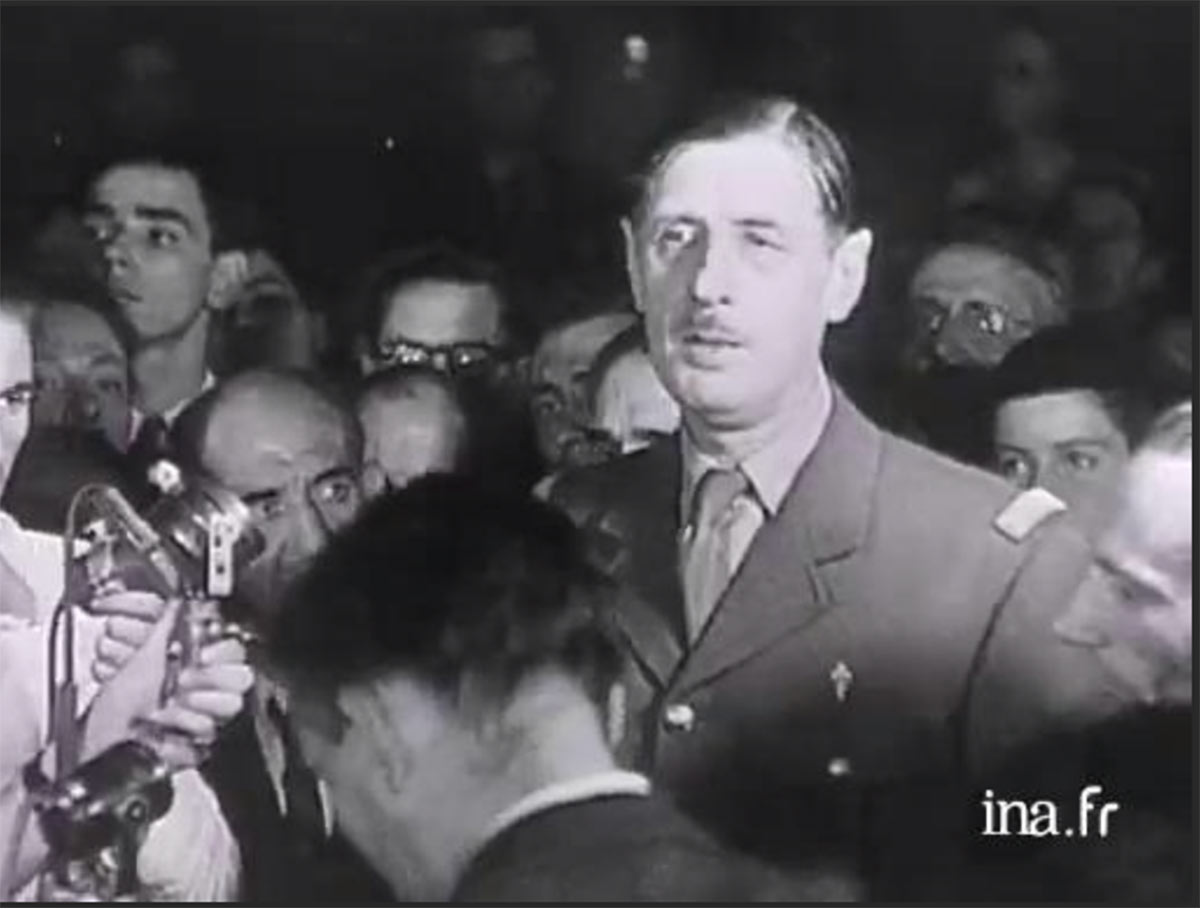
Alas, the war comes! Paris was blocked, invaded by the Germans, like many other cities in France and Europe. Prosperity and development were put on hold!
This was followed by the General’s famous speech in 1944: “Paris broken, Paris tormented, Paris martyred but Paris liberated!
Paris is starting up again, the cities will be reborn!
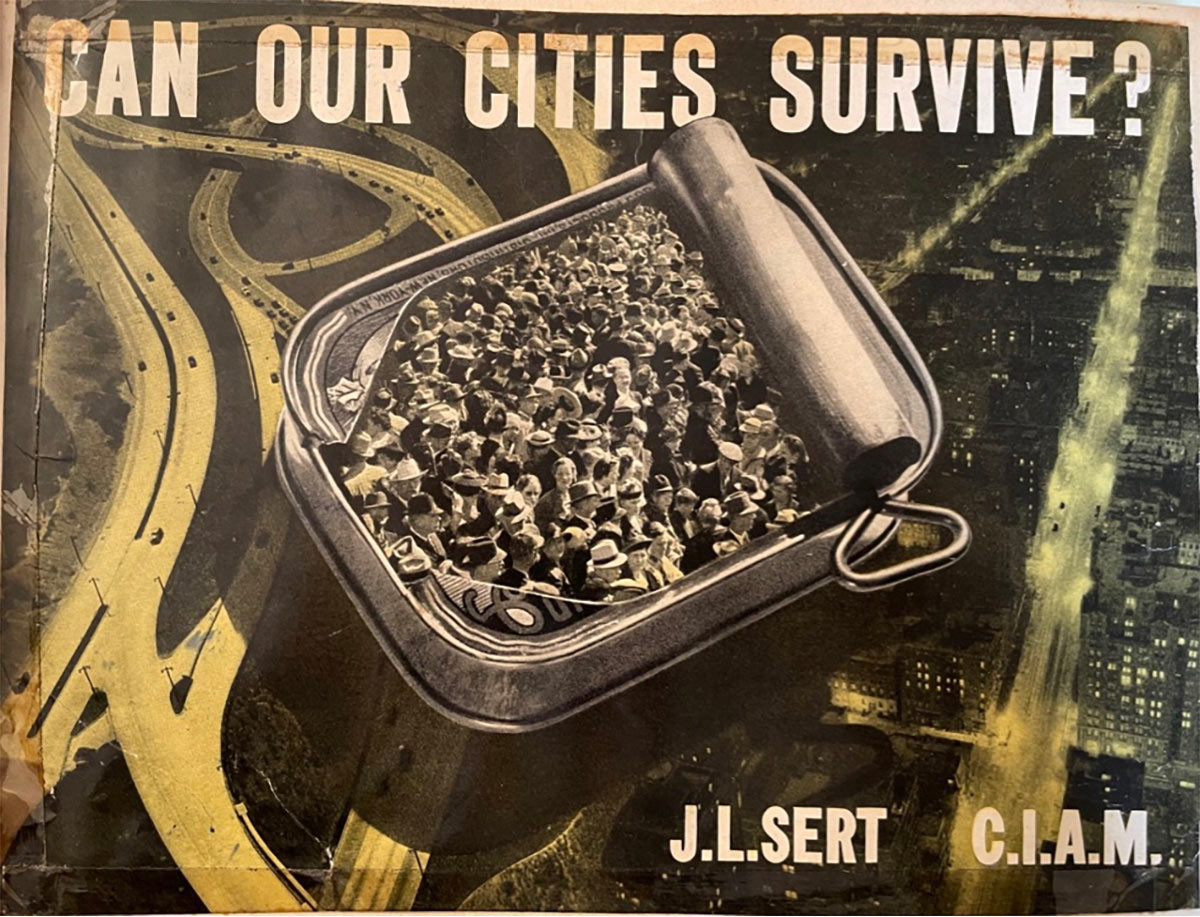
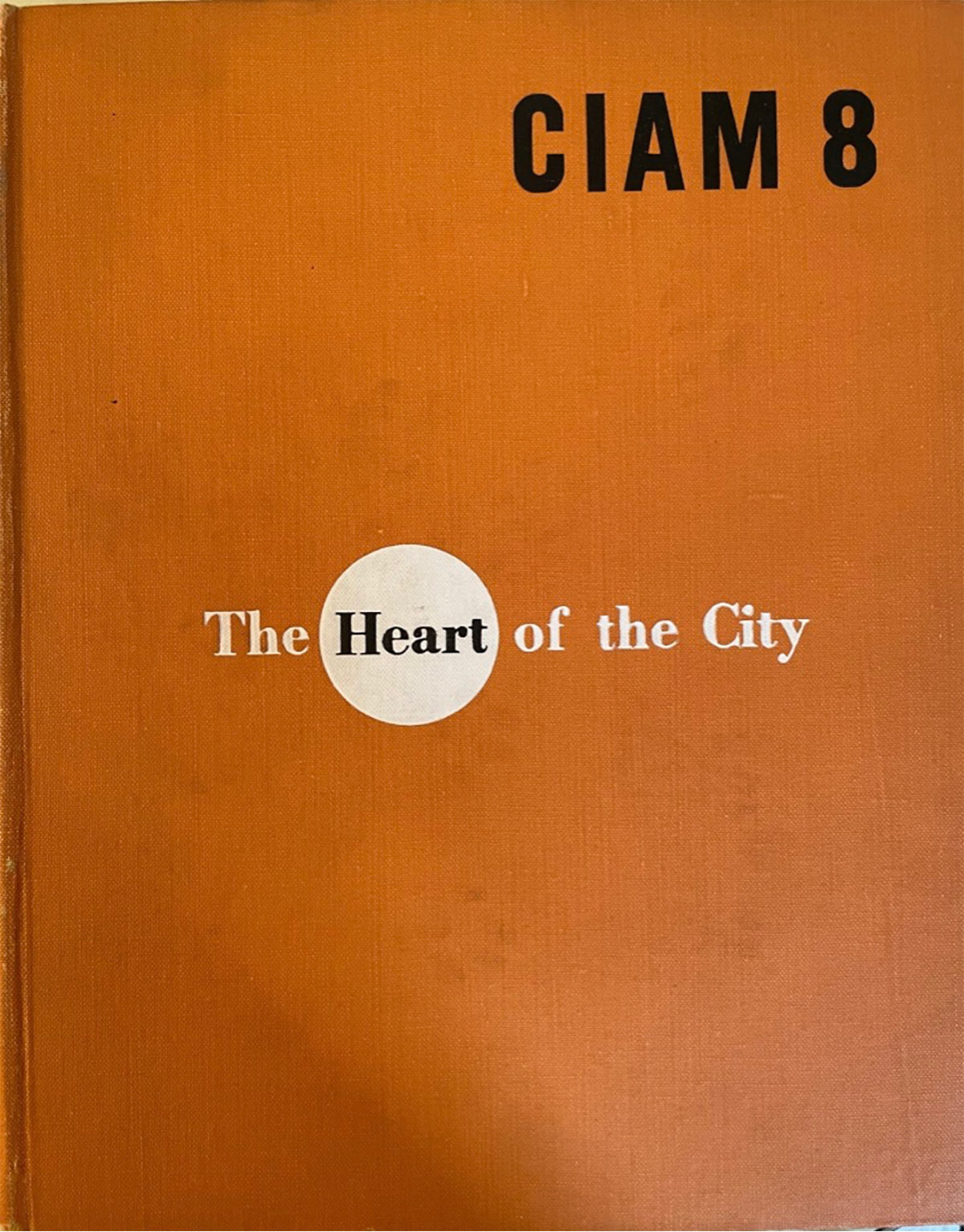
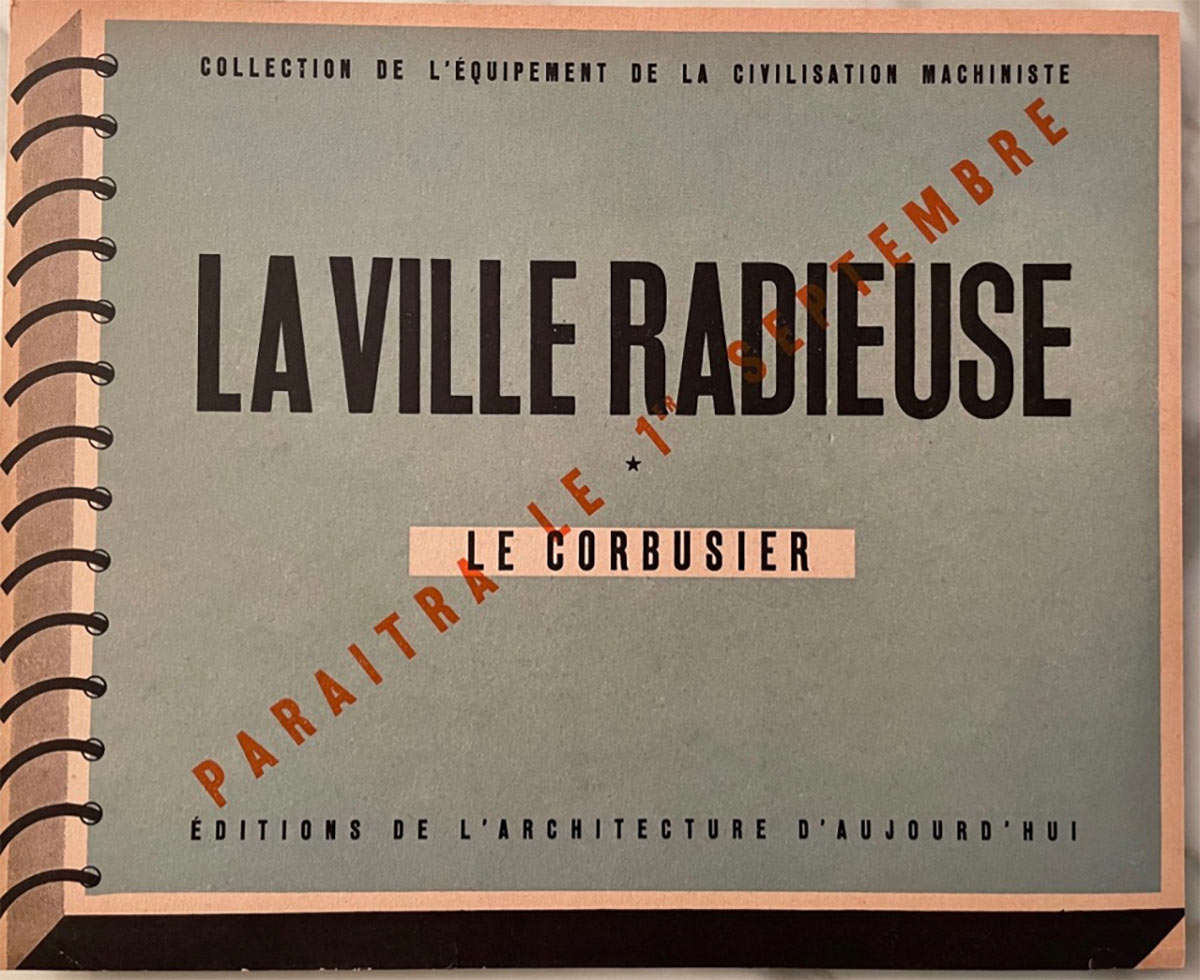
Rethinking cities, thinking about the development of urban areas, is a question that arises very quickly from 1943-44, even though the conflict is only at its end! It was a major issue of the CIAM (International Congress of Modern Architecture), as early as the 1930s, including the CIAM of 1942! Corbusier’s “La ville radieuse” (The Radiant City) already addressed some fundamental points of the development for all that should be imposed, as early as 1933!
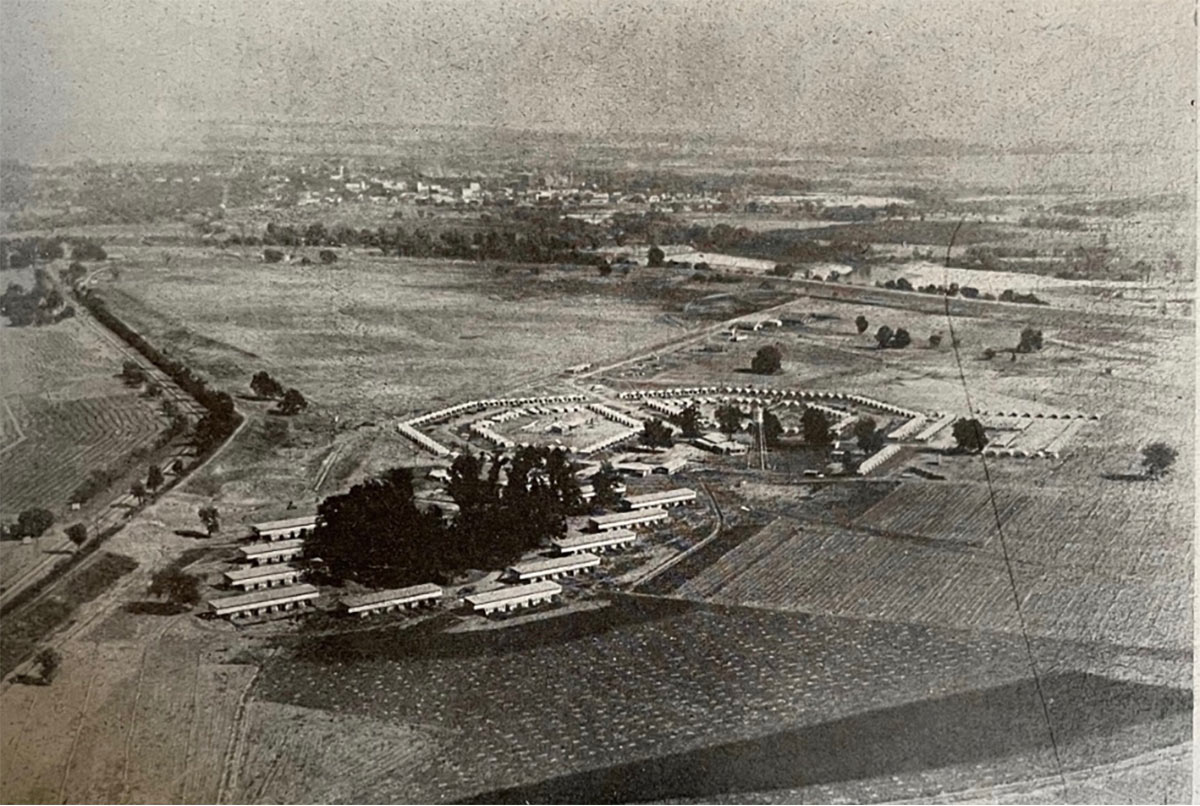
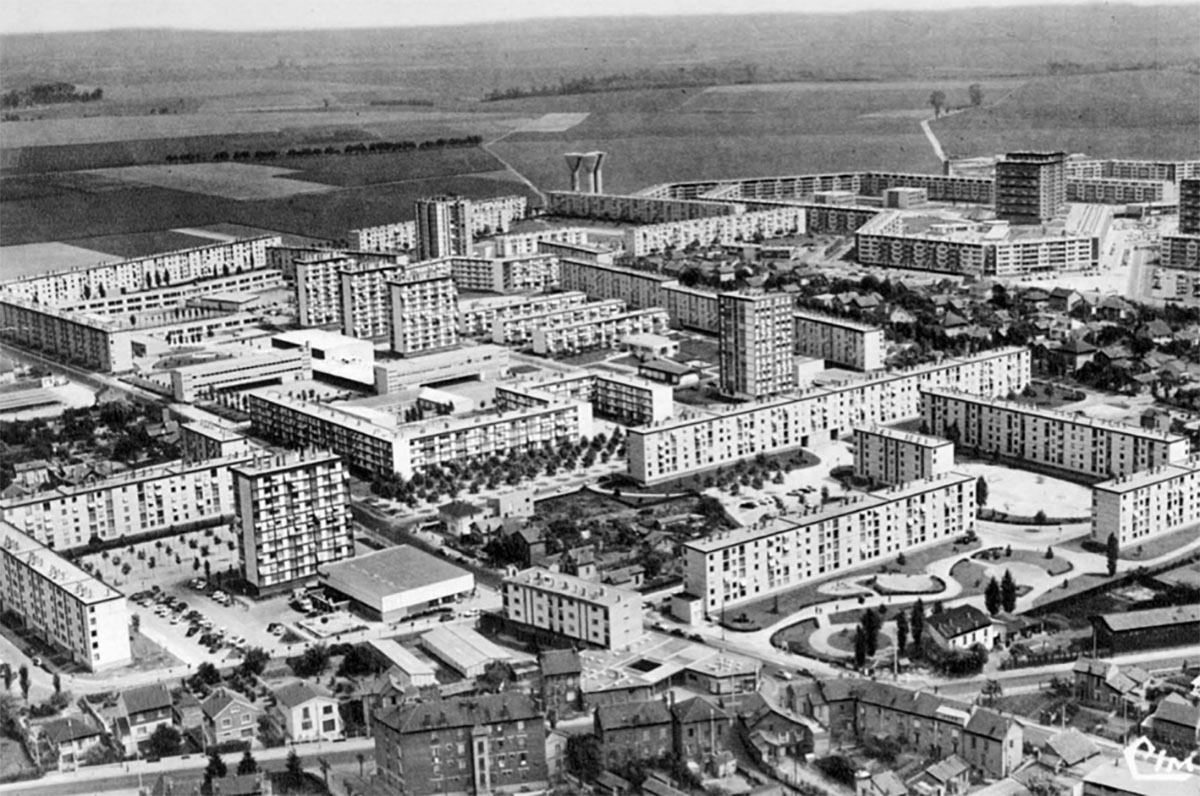
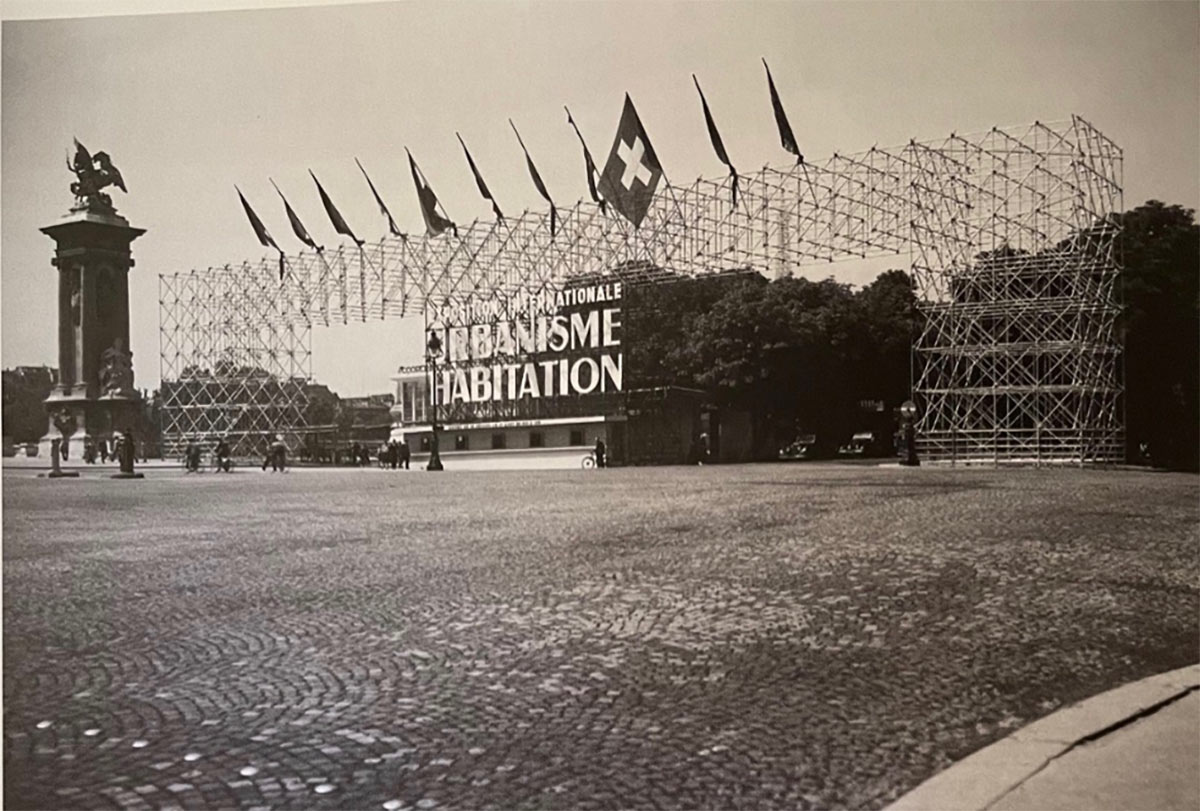
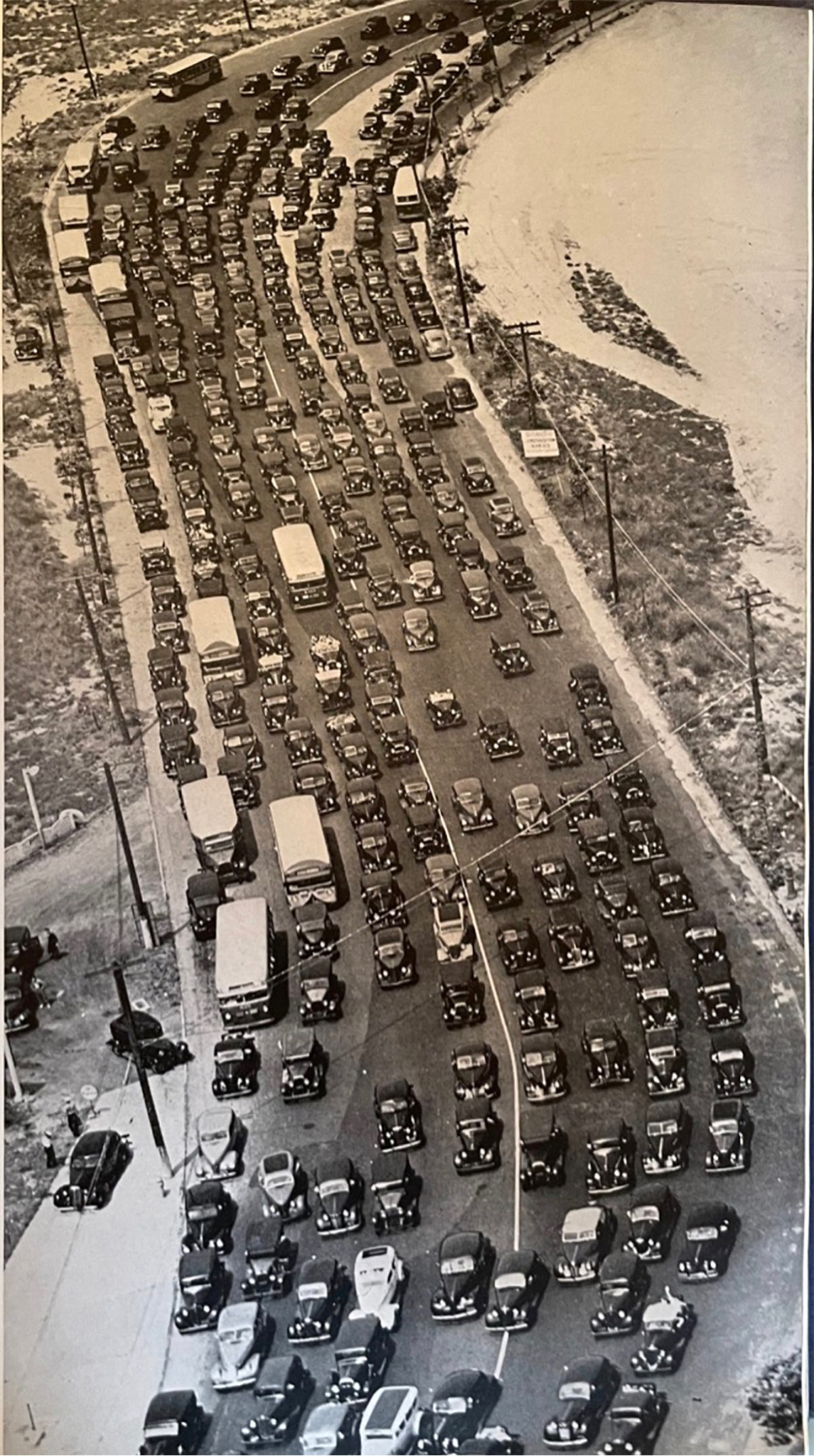
From the 1950s onwards, the development of medium-sized conurbations with the development of suburbs around the cities arrived very quickly! This required, above all, an economic fabric, generally in development since the beginning of the 20th century, or due to new industries. The question was raised in France as early as 1947 through a major exhibition organised in Paris: the International Exhibition on Urbanism and Housing. But it was also necessary to house very quickly the families of the Baby Boom, the repatriates from Algeria and the decolonisation, and then the immigrants afterwards! This was the policy of the “Grands Ensembles” (large housing estates), which the Minister of Reconstruction wanted!
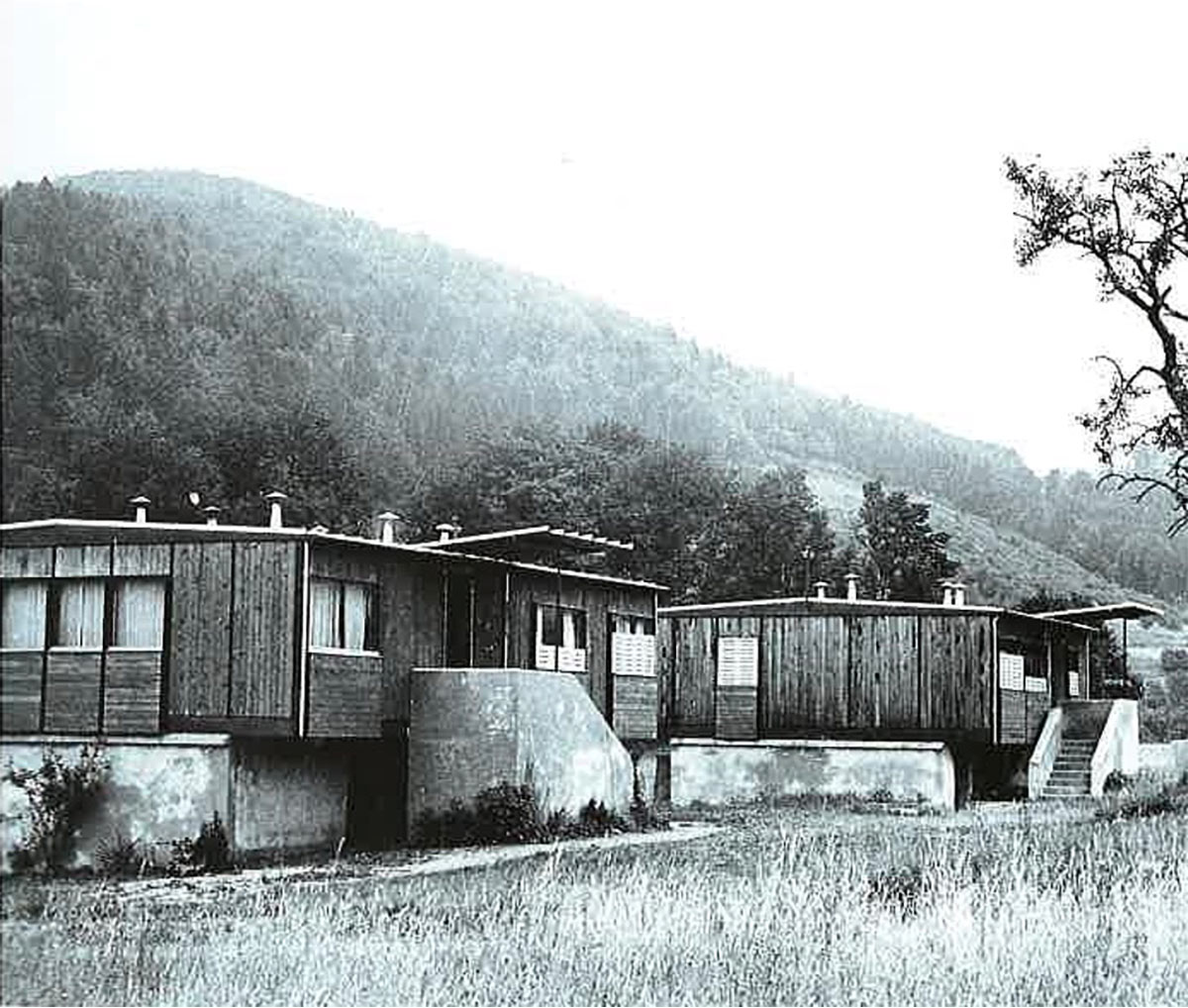
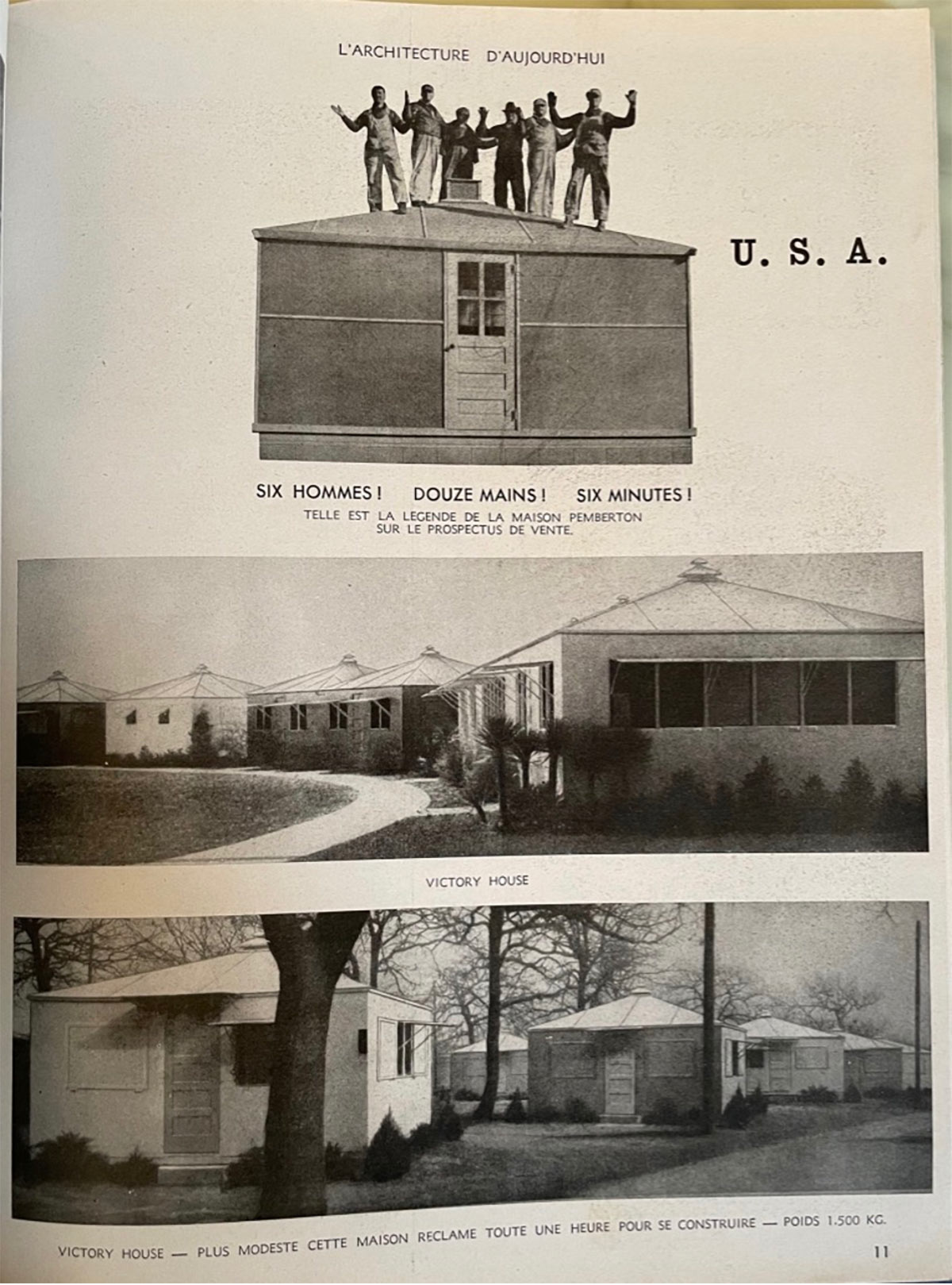
New construction methods, sometimes prefabricated, are also being developed in response to an emergency need. This is above all a social emergency in Europe, with devastated areas, or a necessity with the strong economic development in the United States, which is causing large-scale emigration within the country! Mushroom” cities are appearing…
In France, Jean Prouvé is known for developing prefabricated architecture to meet demand. From 1946 onwards, these were known as “manufactured houses”.
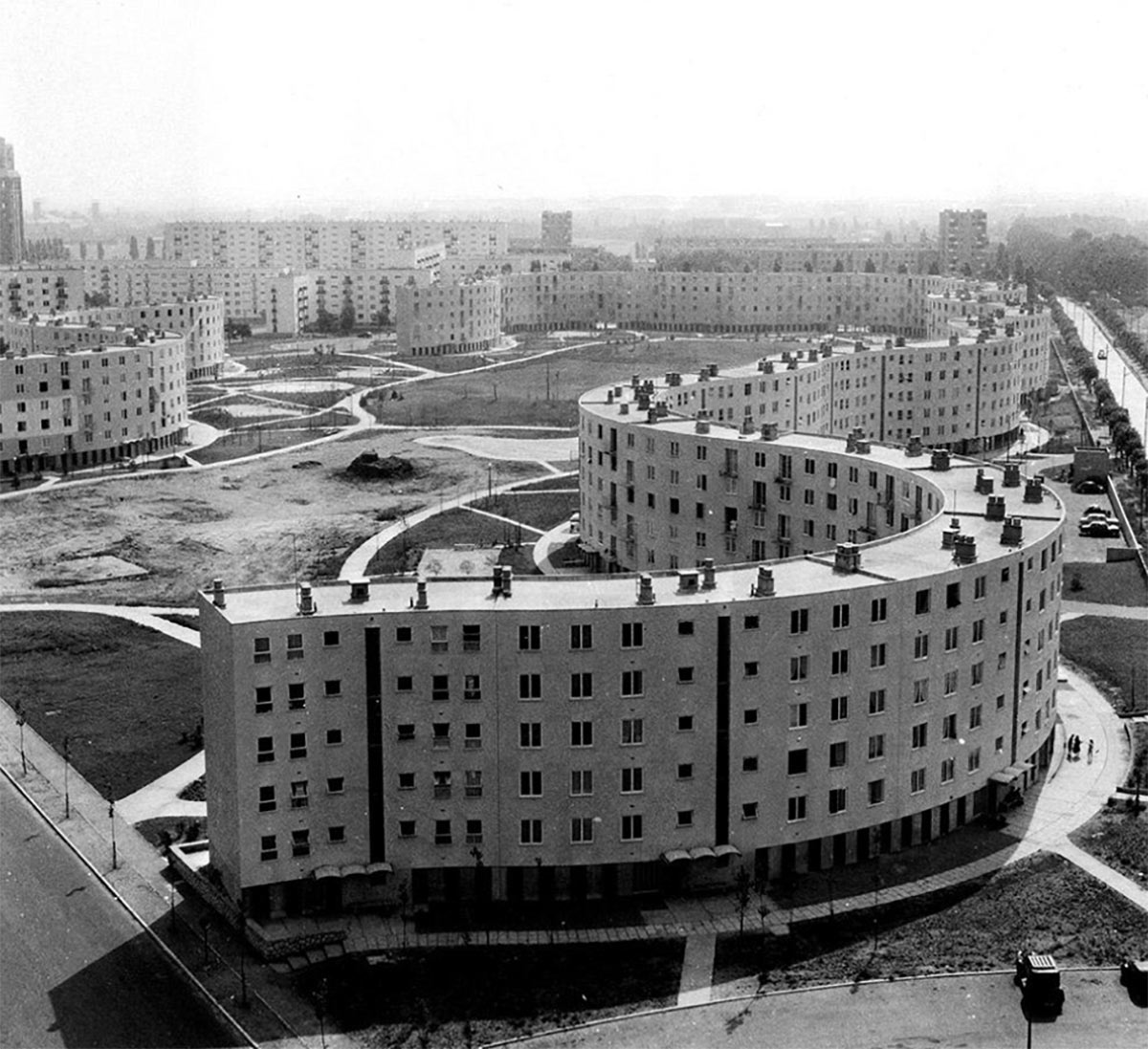
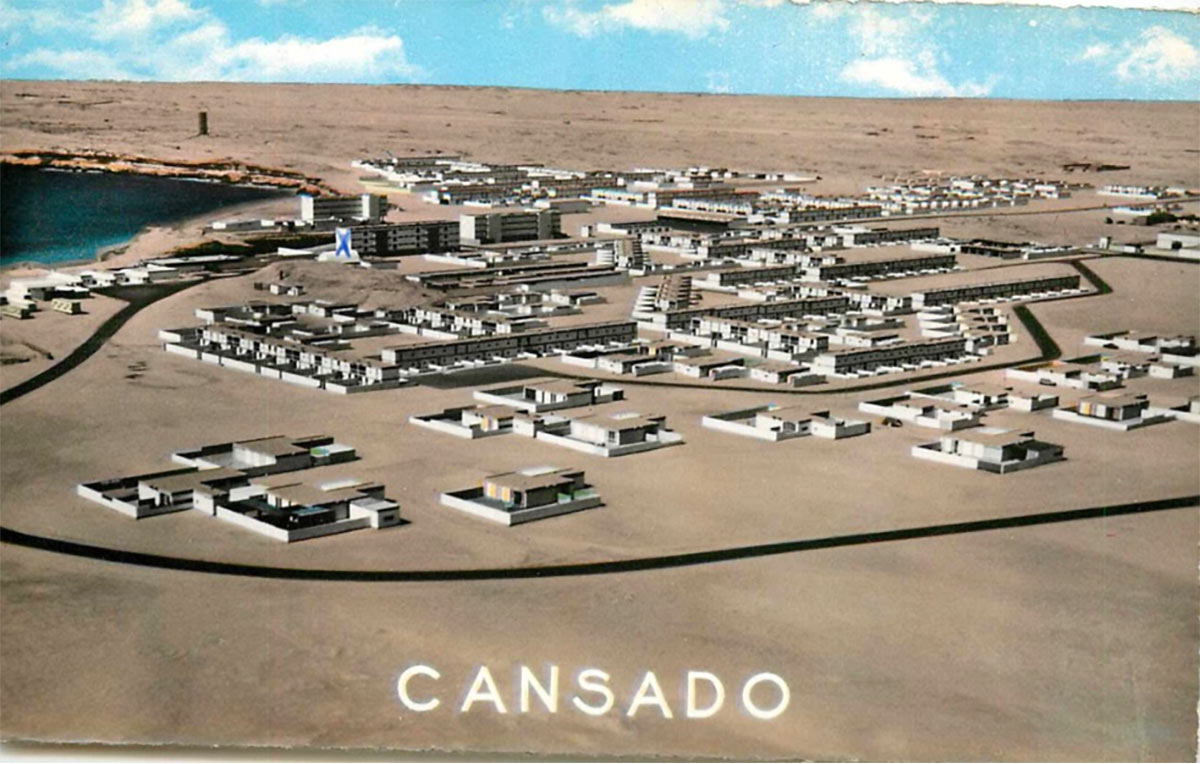
With the economic development of the 30 Glorieuses, what we will call new towns appeared in France! Faced with this context, this also continued in overseas France and essentially in Africa, generally around major companies!
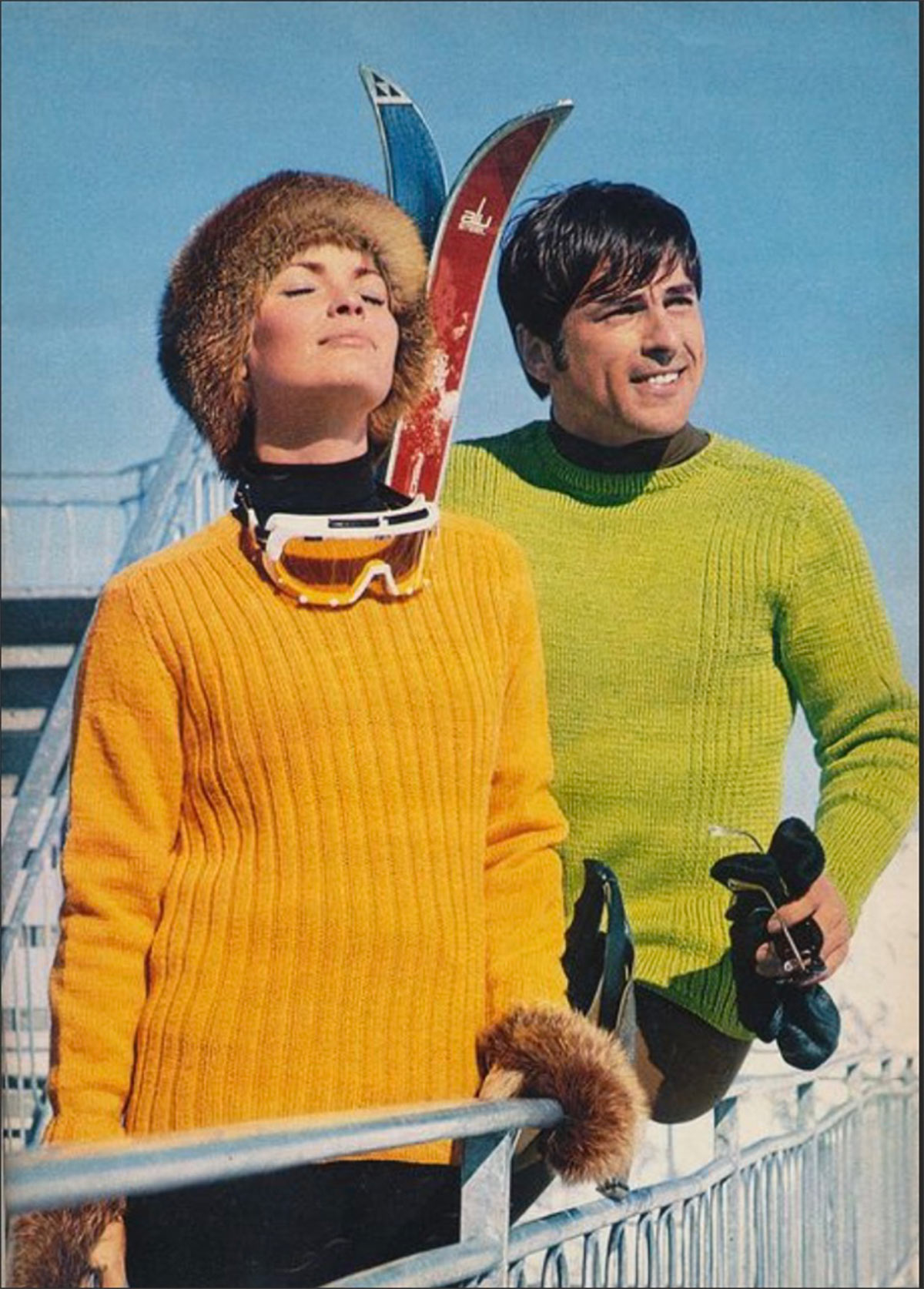
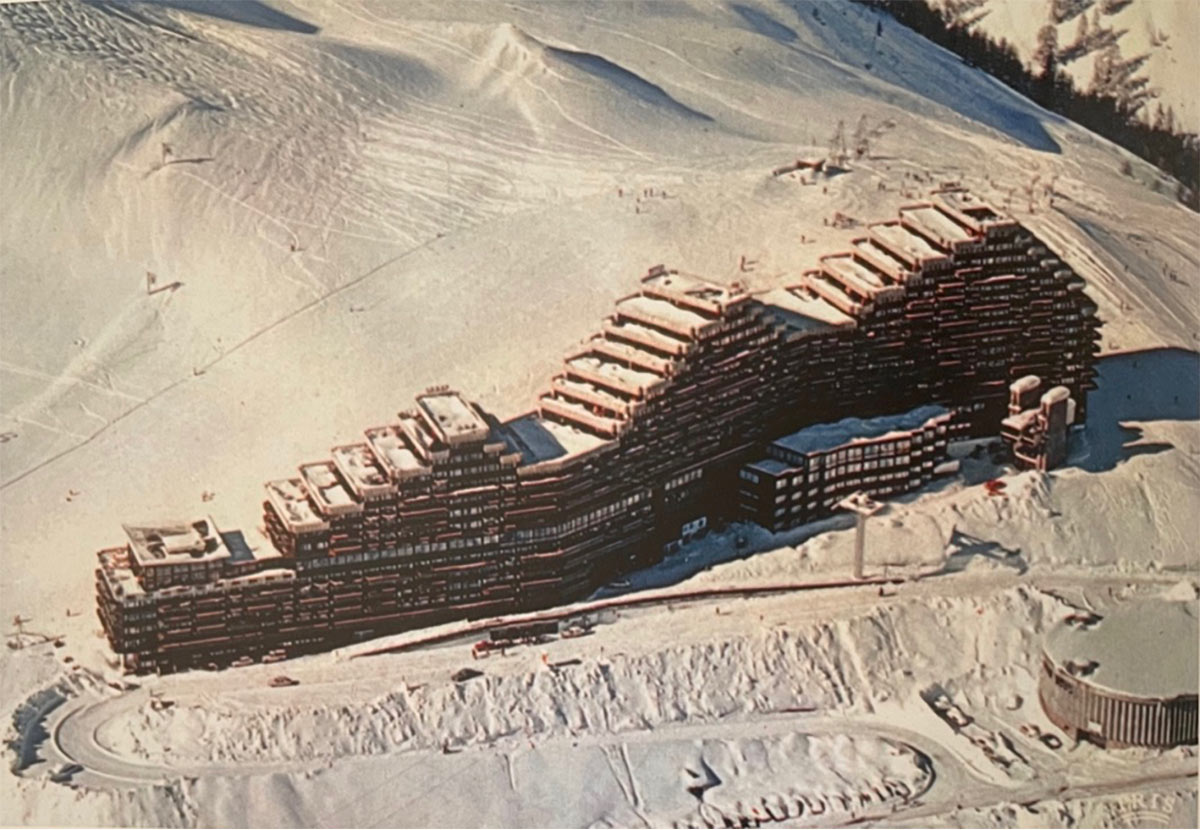
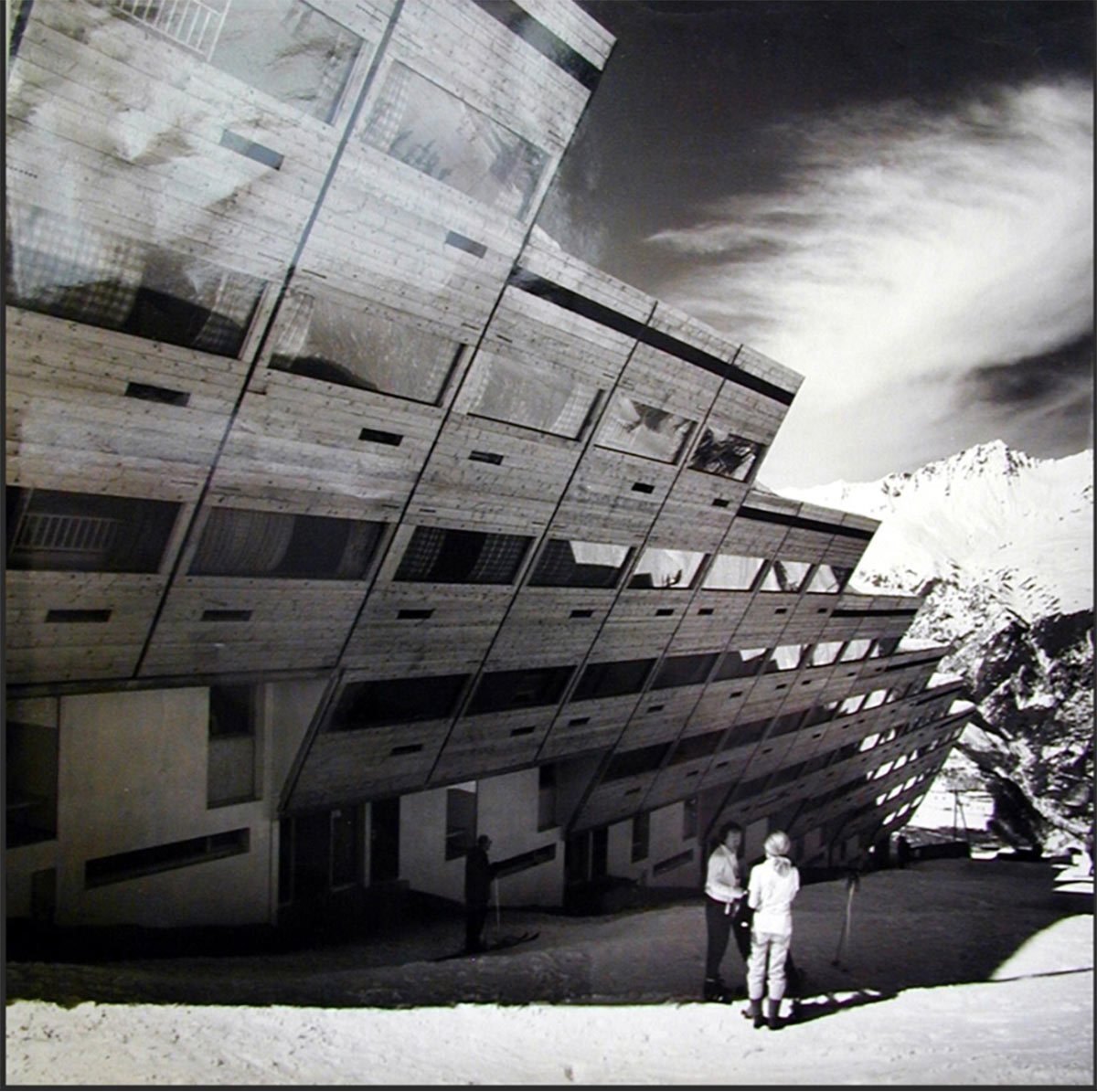
In some of the “new towns”, skiing also appears! It is with the development of the ski resorts which appear, in the course of the years 60-70 that the ski is democratized! Resorts such as Les Arcs appeared in the 1960s, thanks to the meeting of a mountain guide with a passion for skiing: Robert Blanc, a real estate promoter of mountain tourism development: Robert Godino and a designer: Charlotte Perriand! Les Arcs 1600-1800-2000 will become a reference resort!
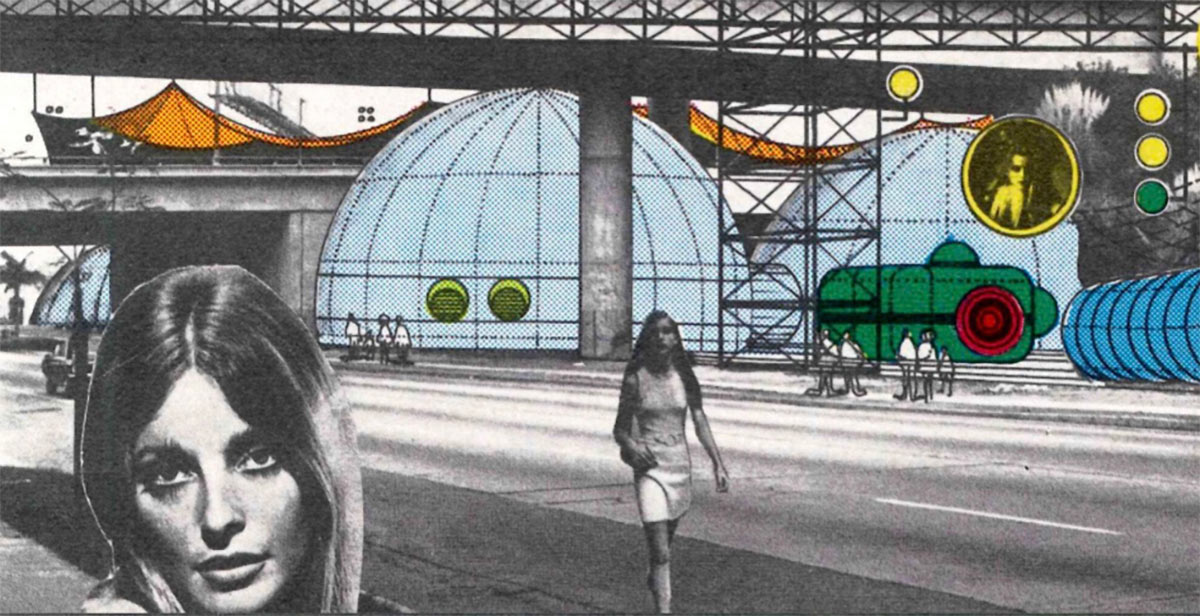
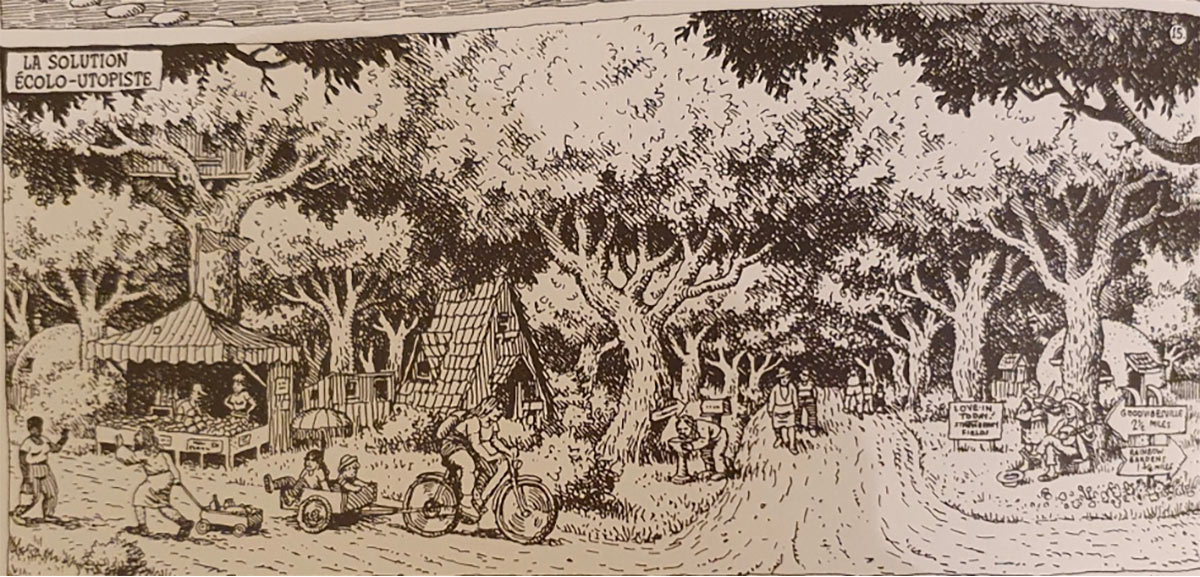
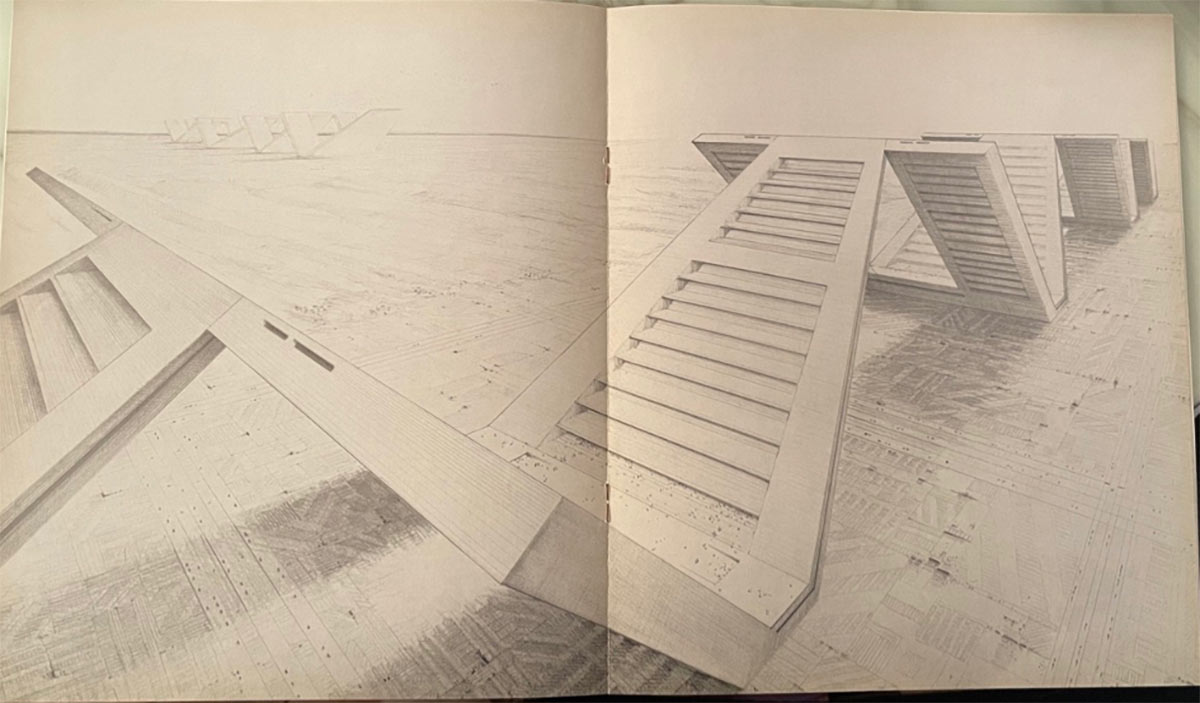
The challenge is coming with the 60s and 70s. Cities had to change, the design of these potential international megacities had to be transformed! Groups of architects such as Archigram, headed by Peter Cooke, and Architecture Principe, headed by Claude Parent and Paul Virilio, were thinking about how the cities of the future could develop; what limits to reach and what those limits were! Once again, an architectural and urbanistic utopia appears for projects that are sometimes complex to implement!
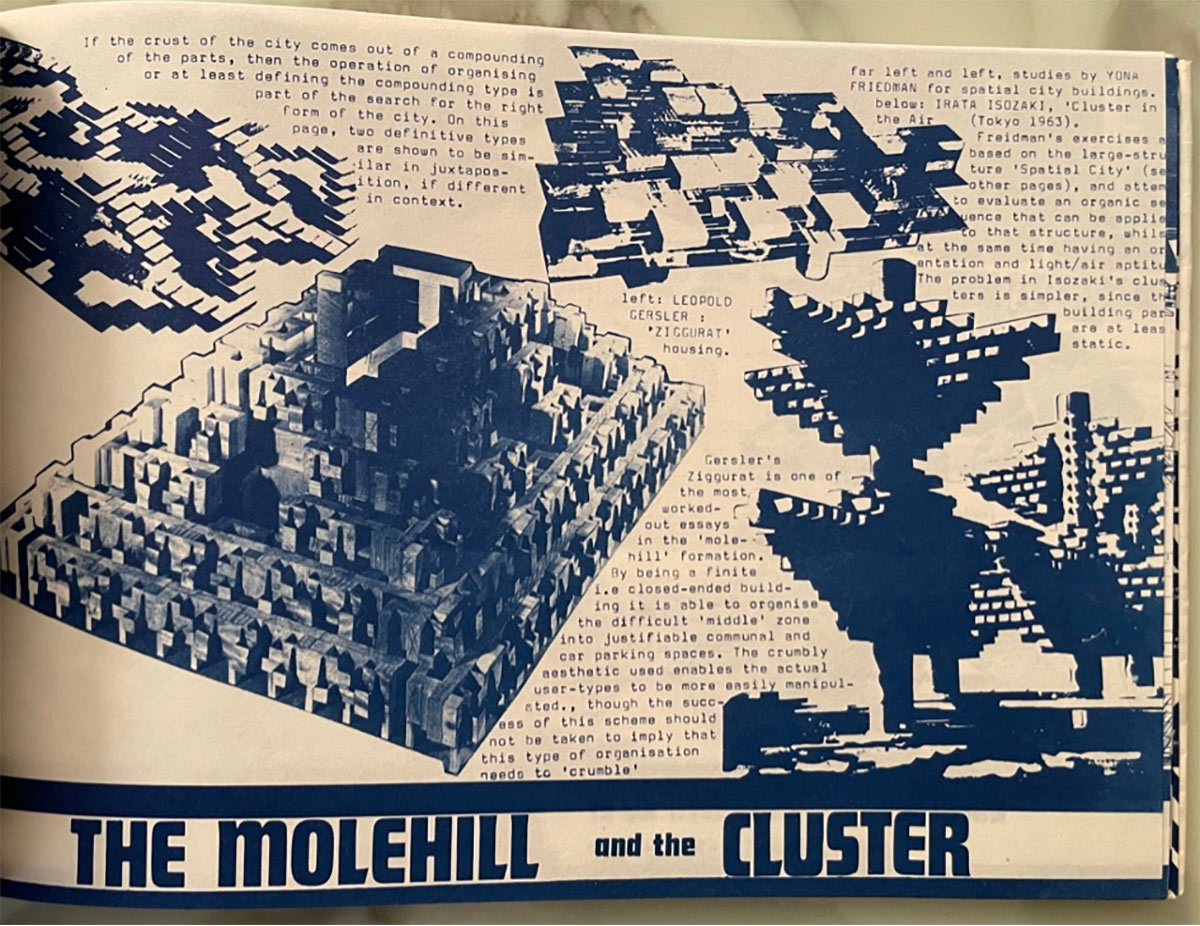
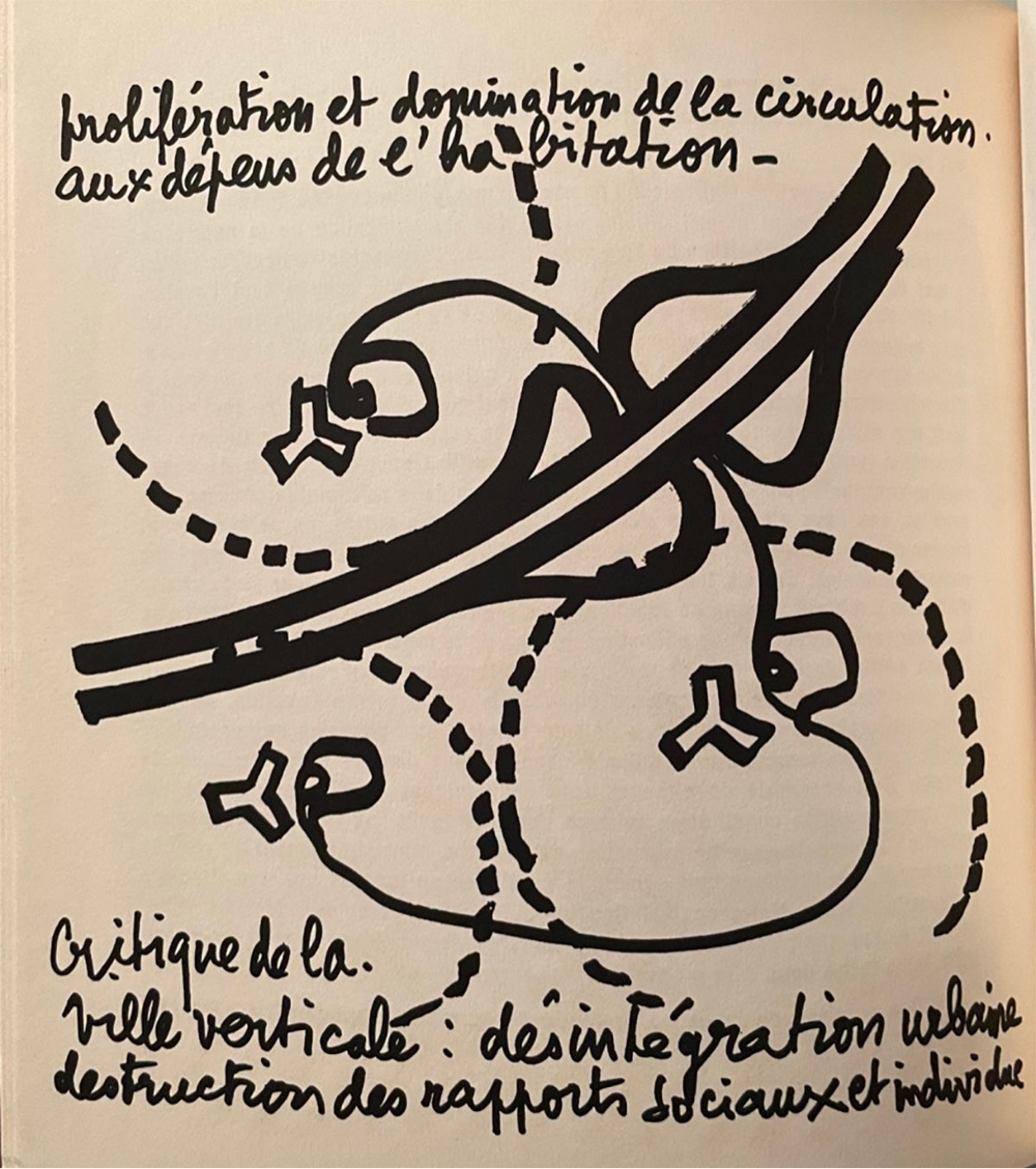
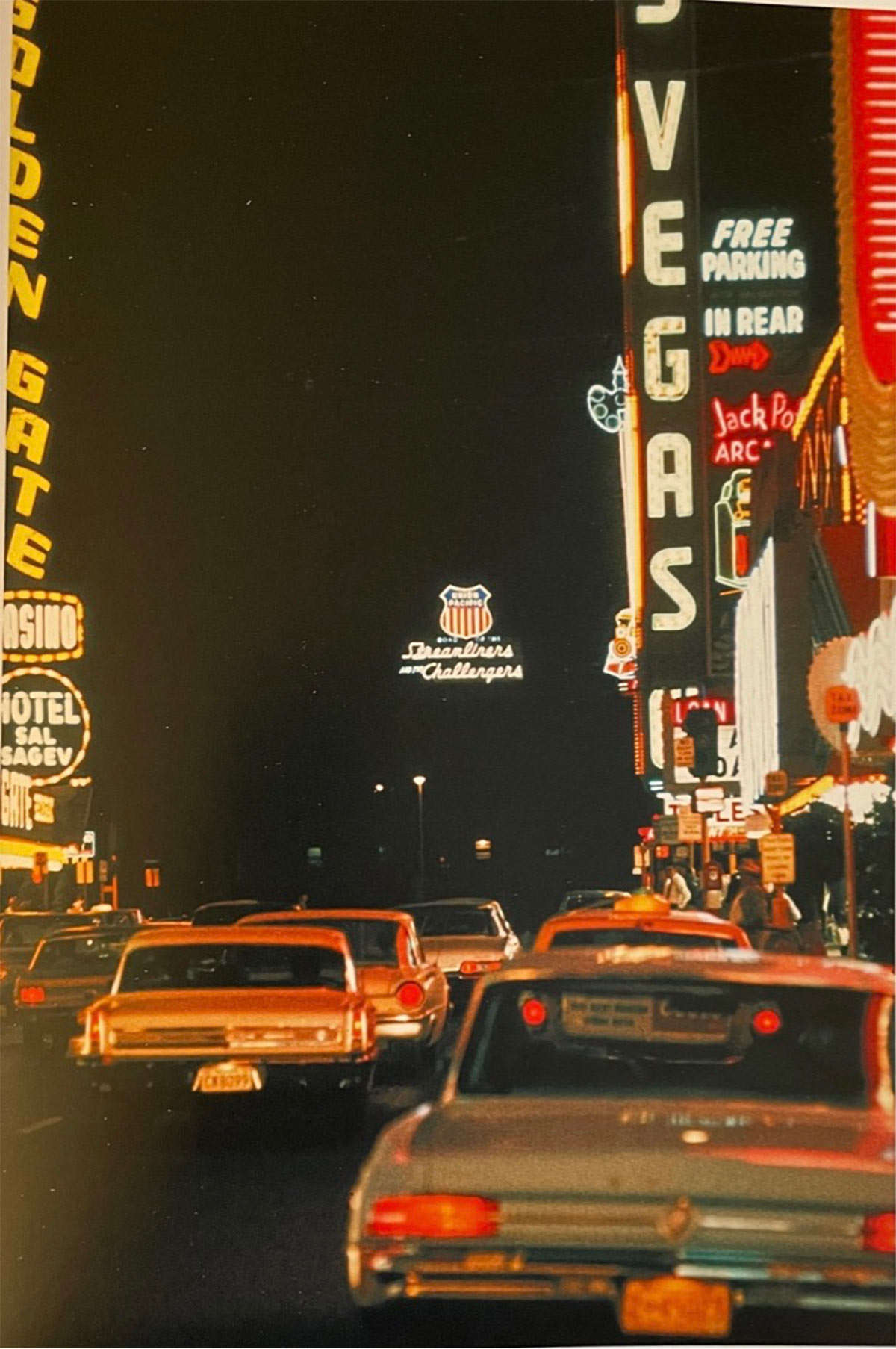
The different theses on architecture clash, between utopia and reflection! As in the 19th century, the question of the expanding city arises again! It is important to see what its limits are, what model to base it on! In recent years, it is ecology and the limitation of cars in the city centre that seems to be gaining ground! Does this struggle have a future?
As a conclusion
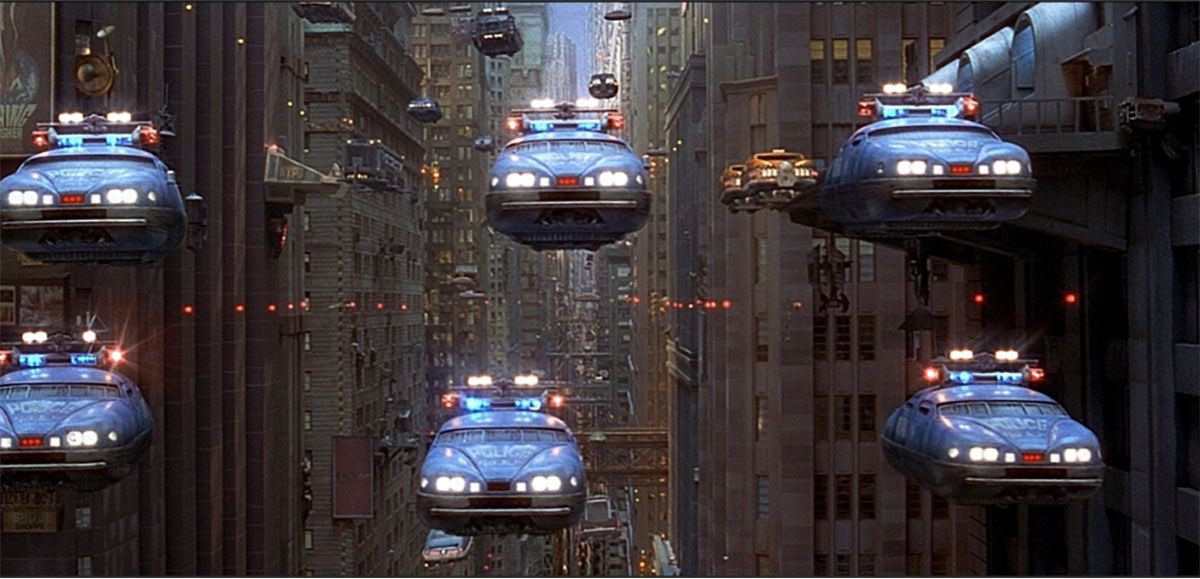
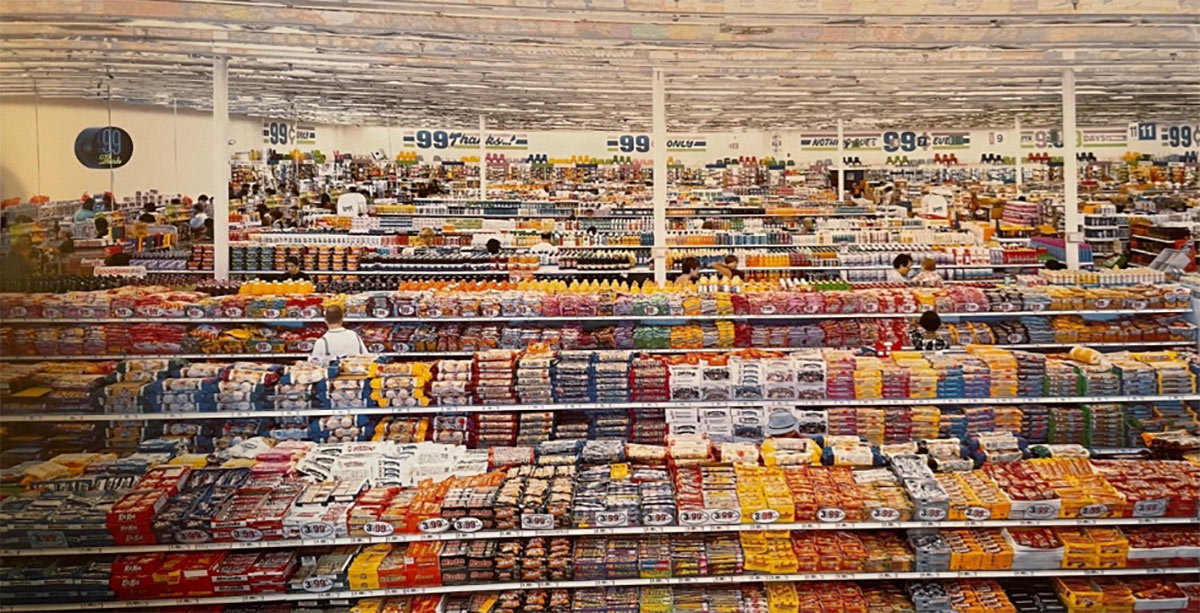
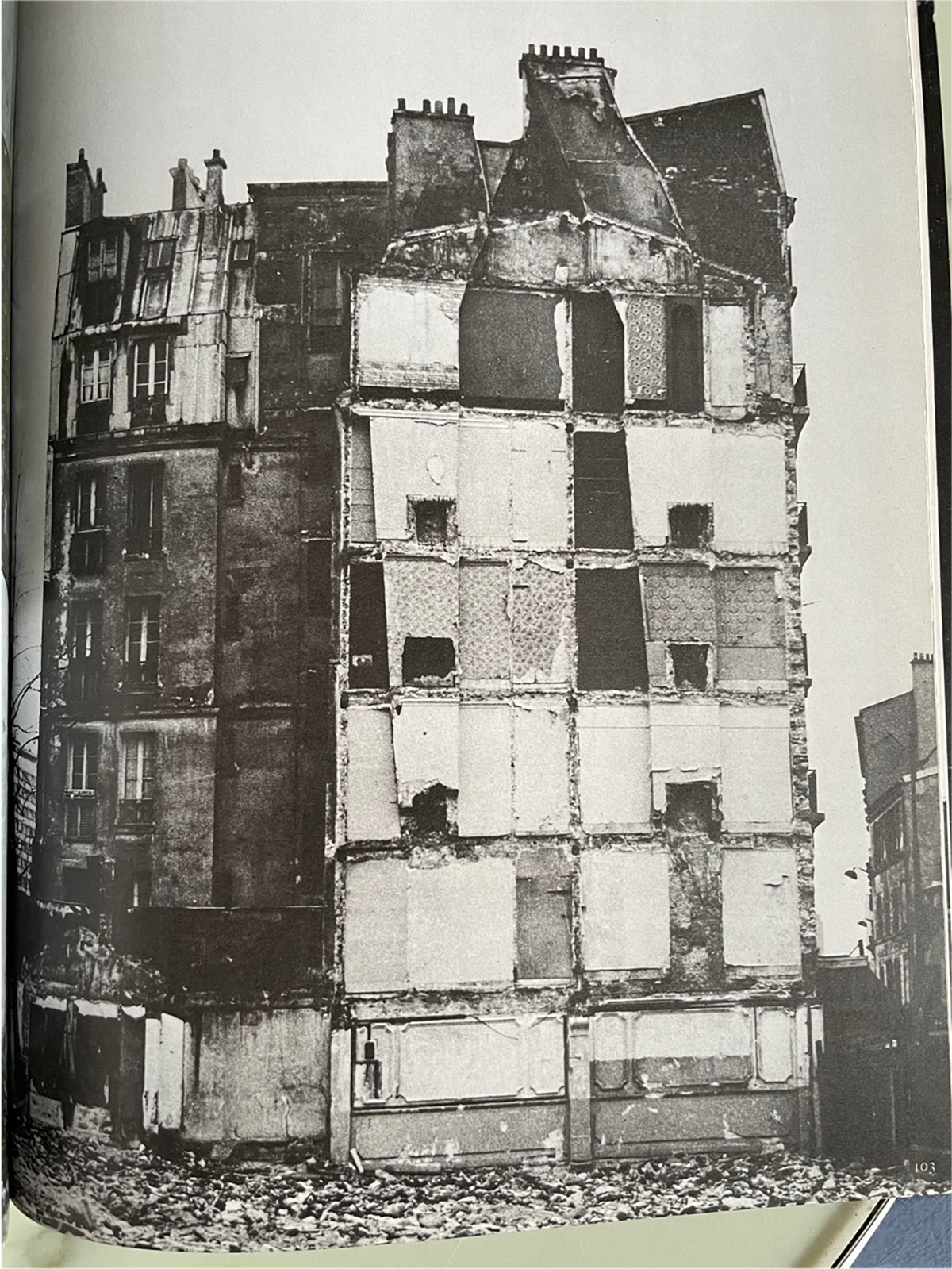
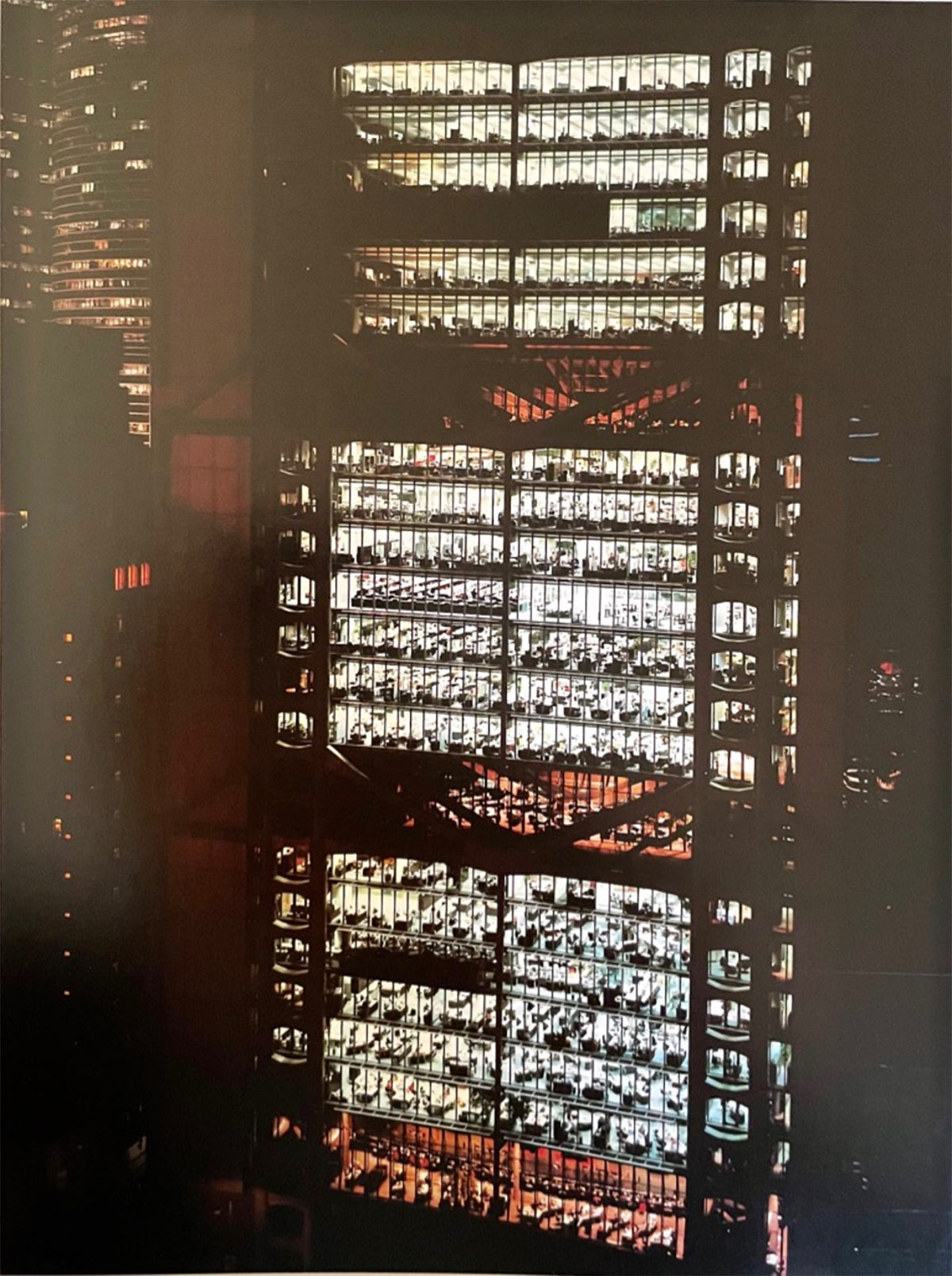
Between imaginary cities – developed in the cinema, described in novels – growing megalopolises (Mexico City, Tokyo, New York, Bombay, Shanghai), over-consumption in the city and urban overflow, many questions arise today! Perhaps we should reflect on what Albert Camus said:
As a remedy for life in society, I suggest the big cities: it is the only desert within our reach.
